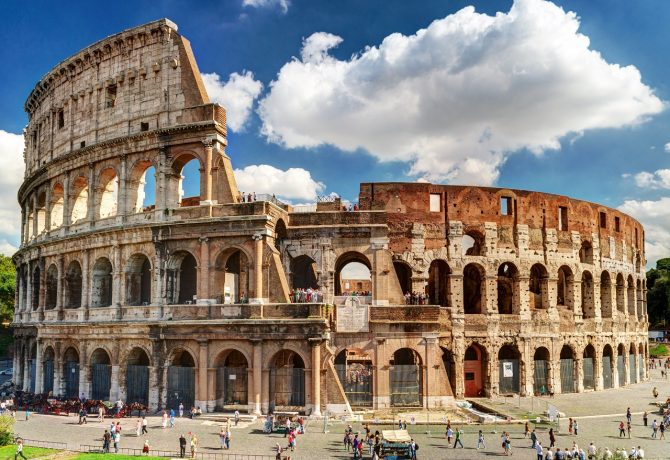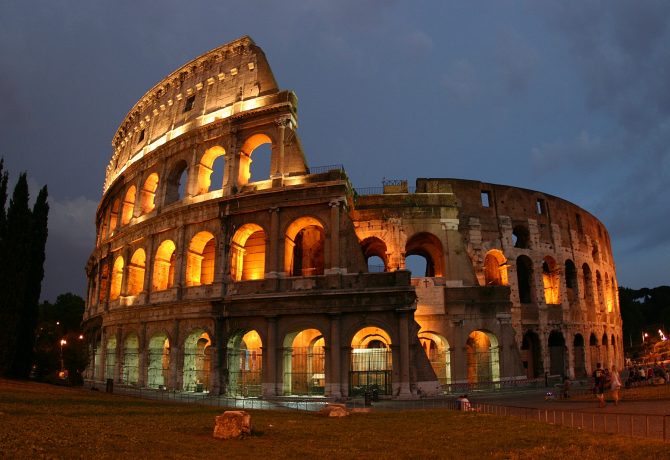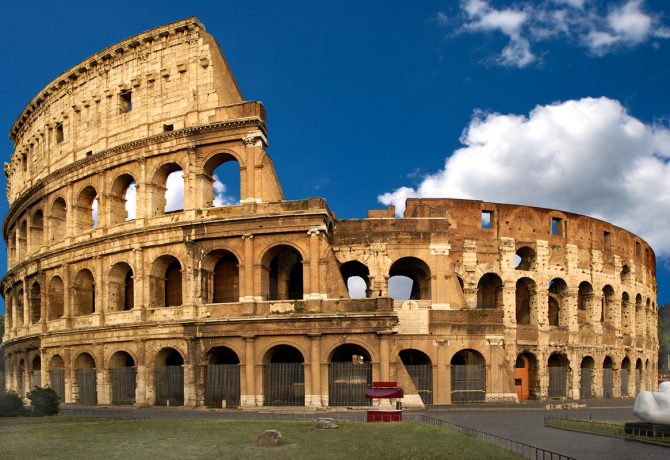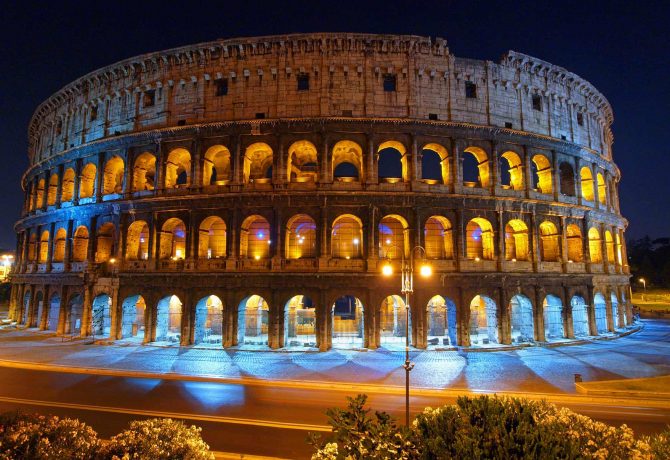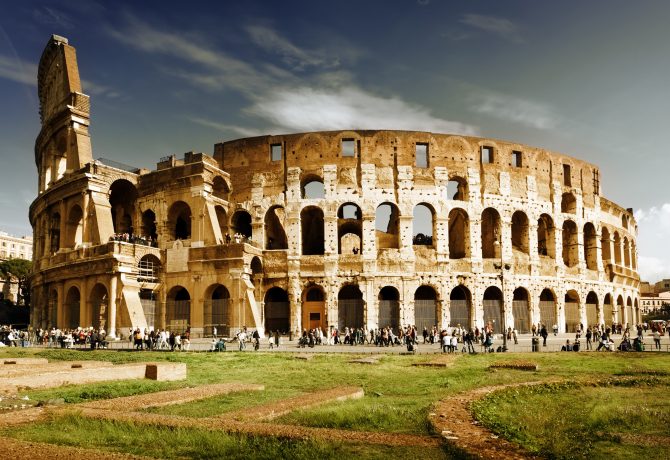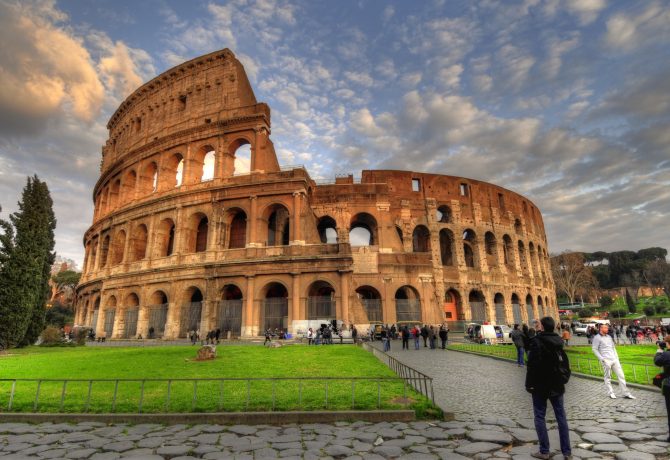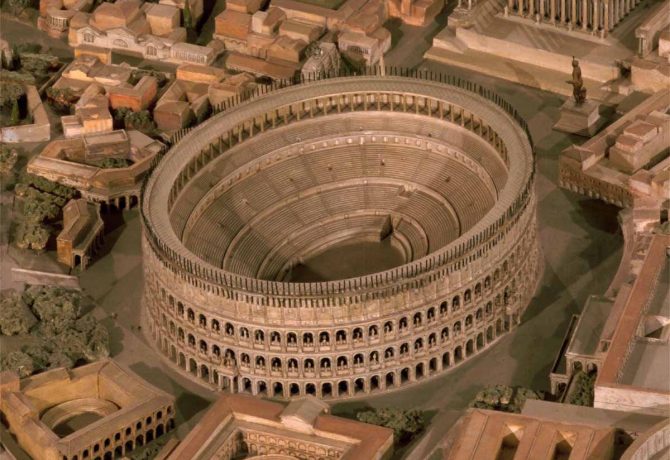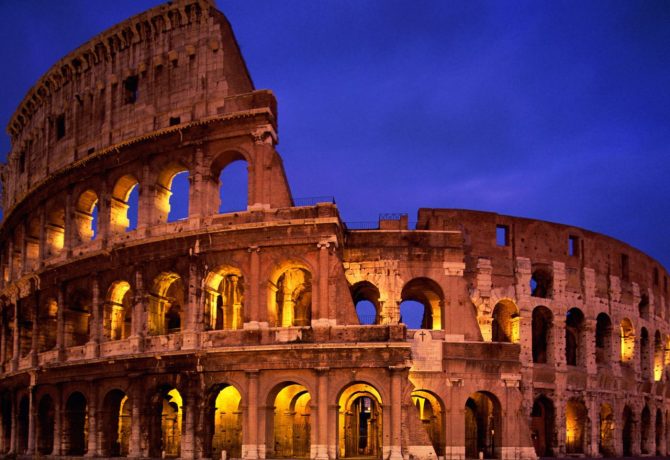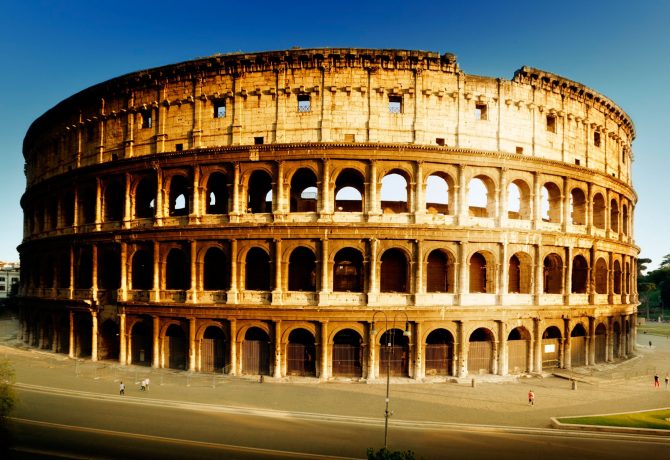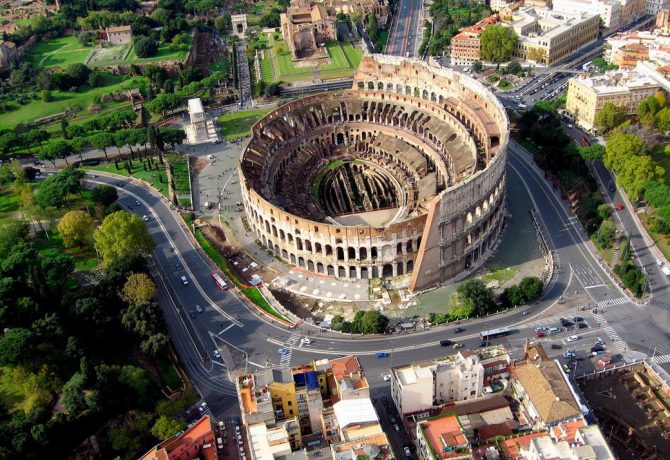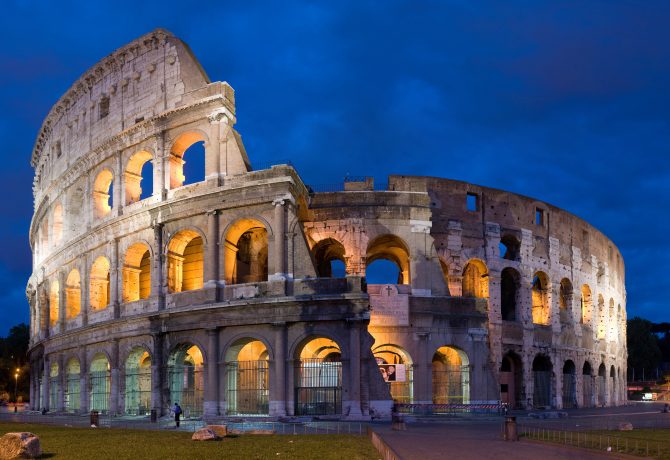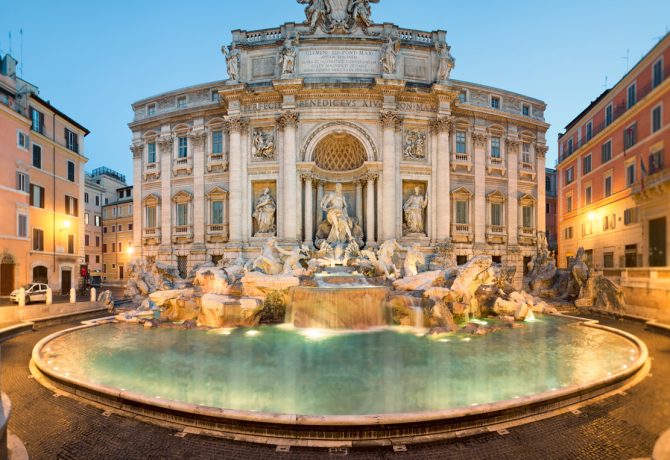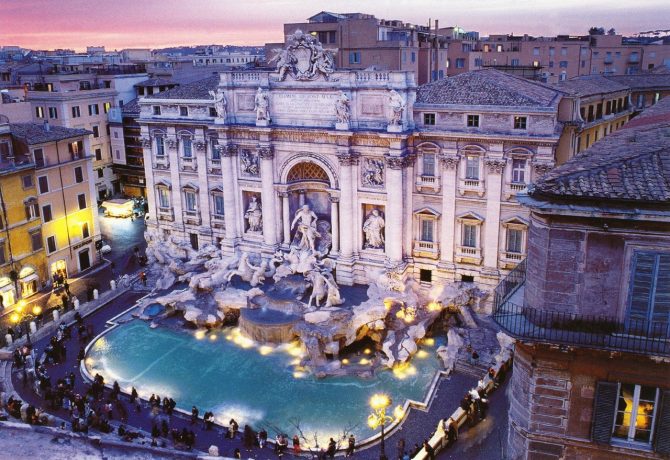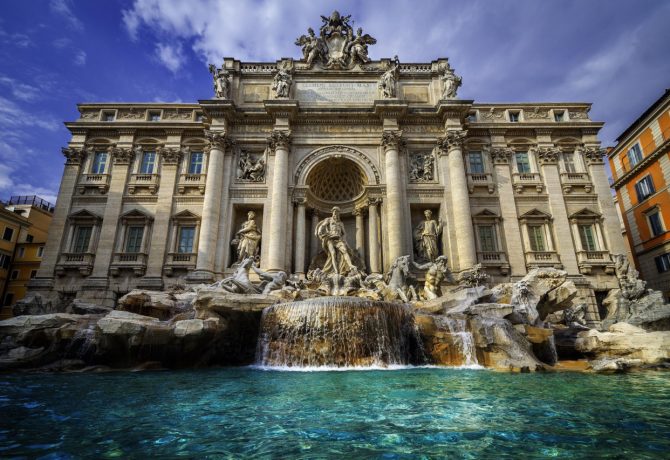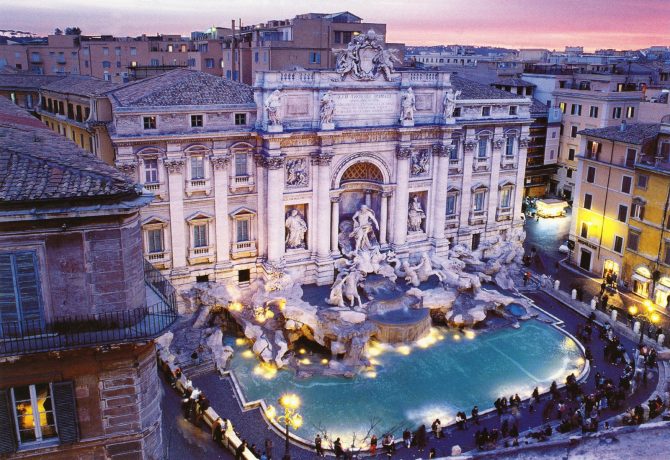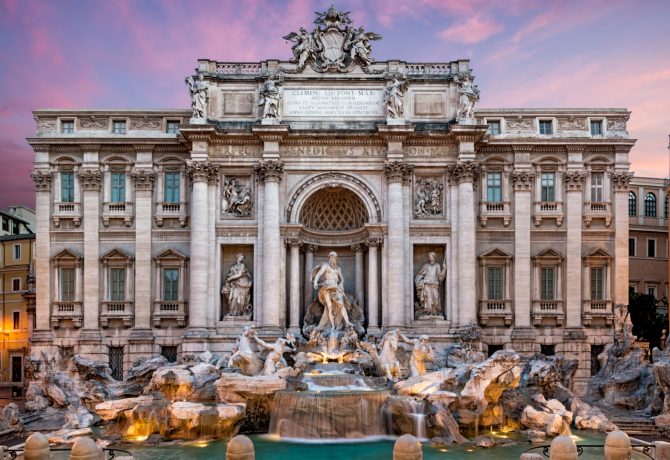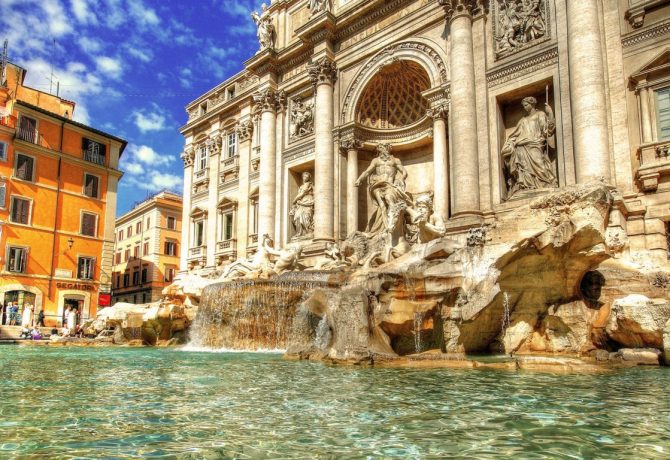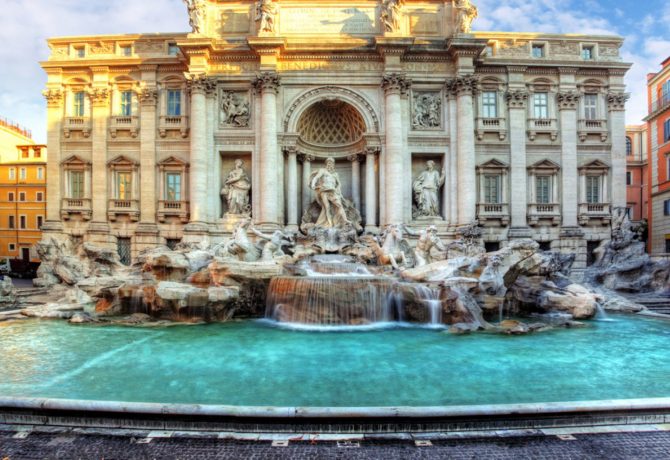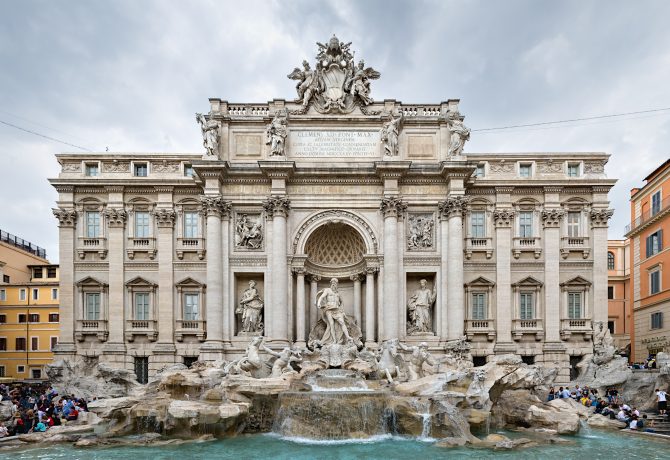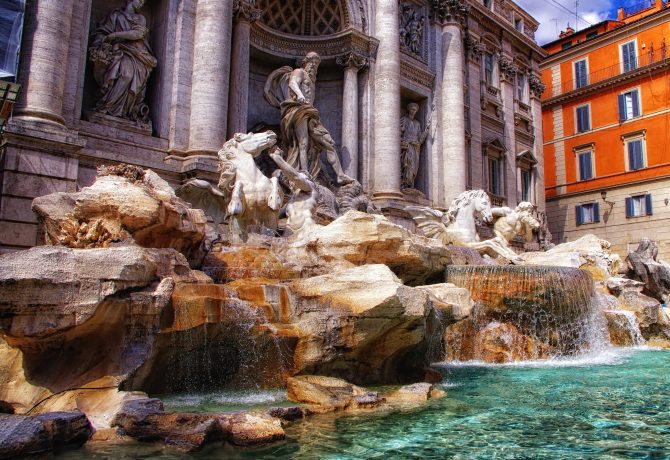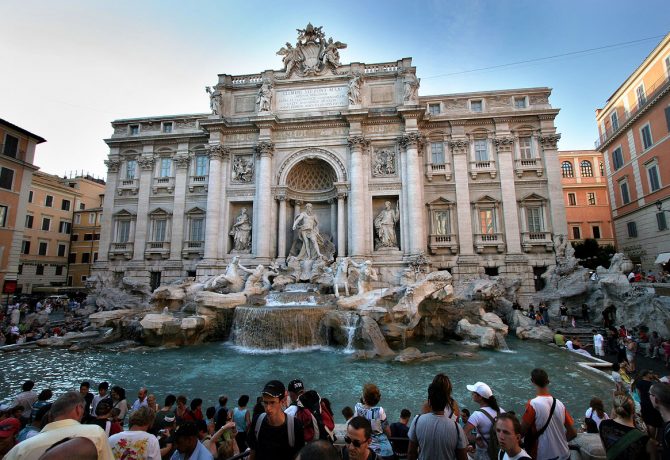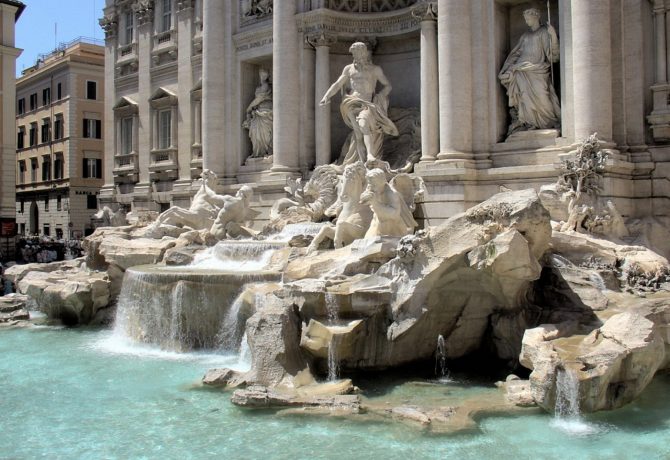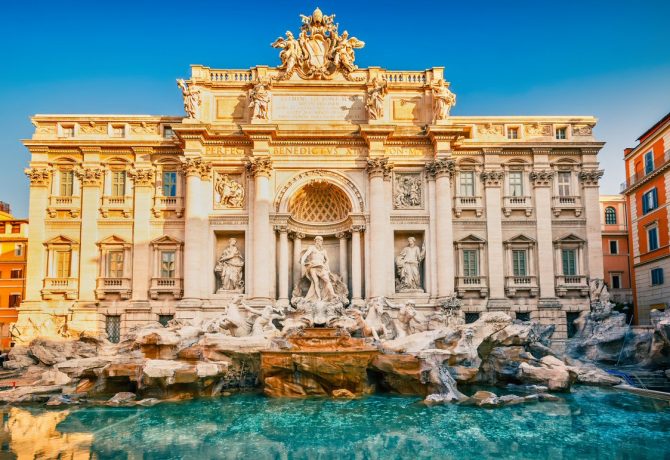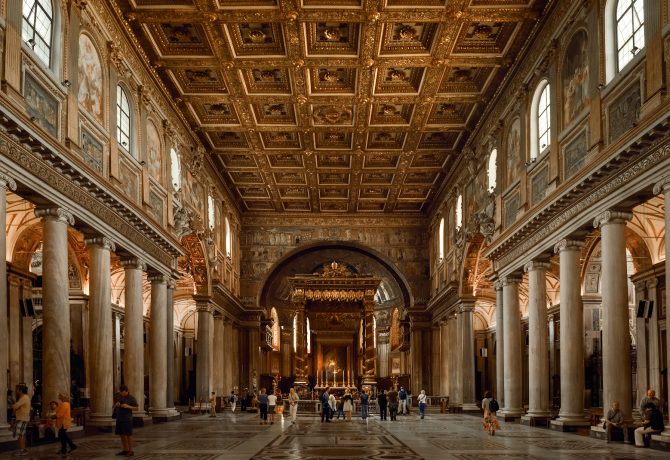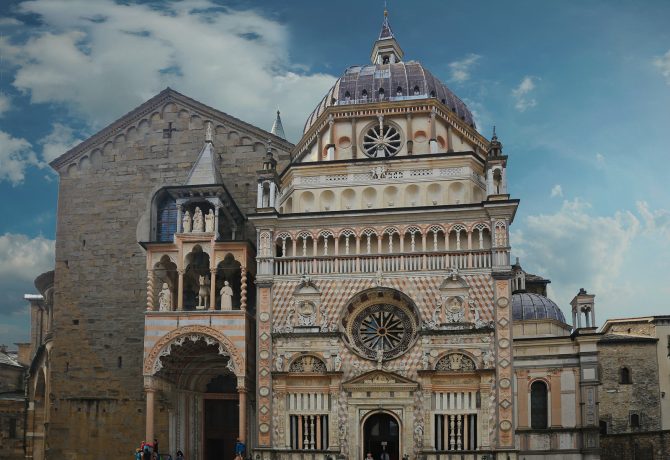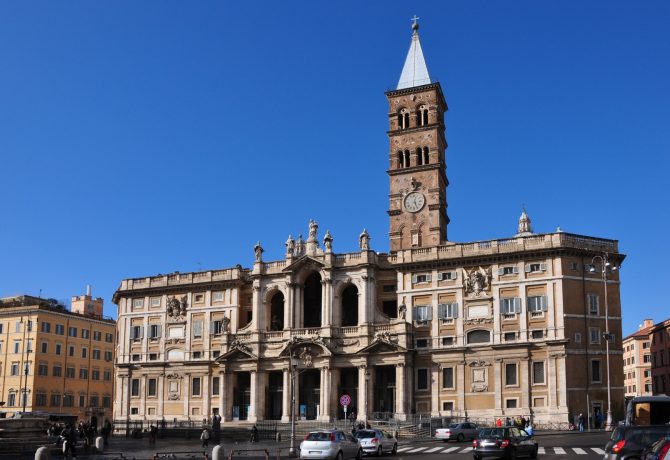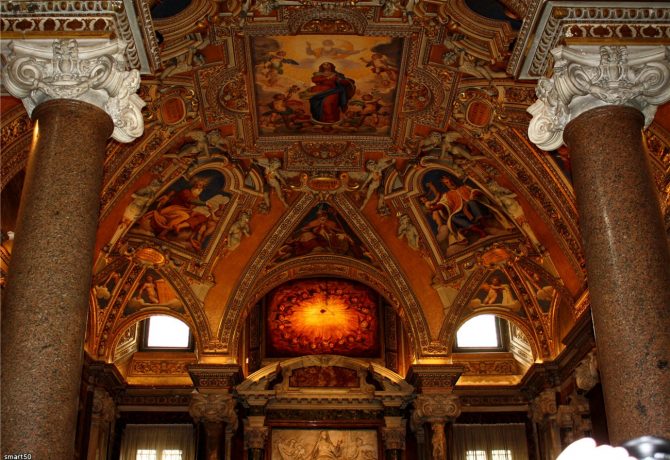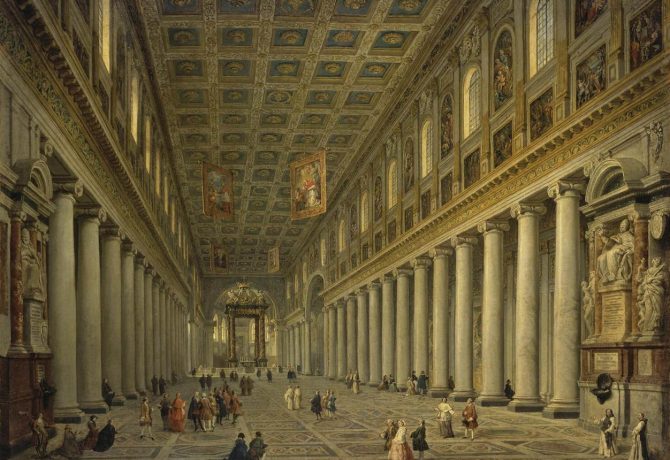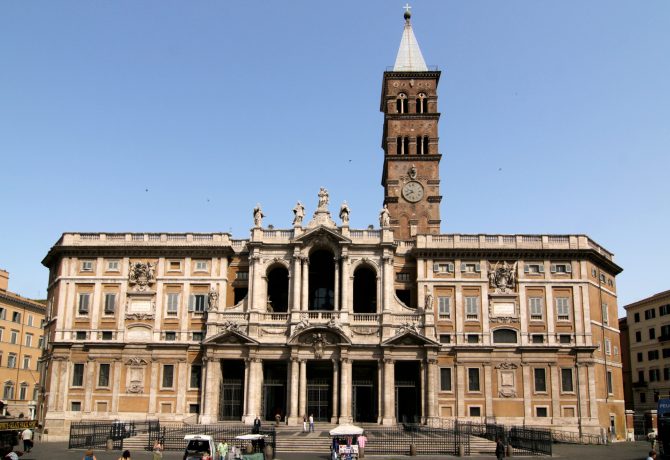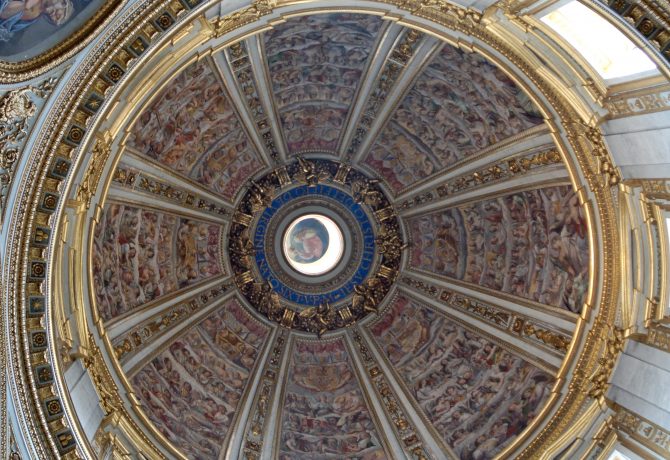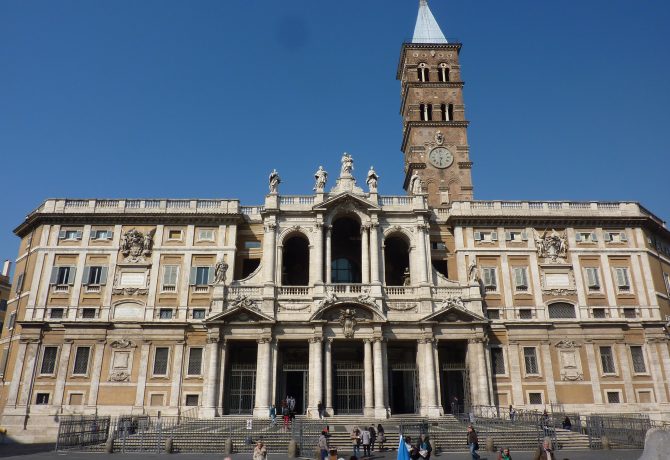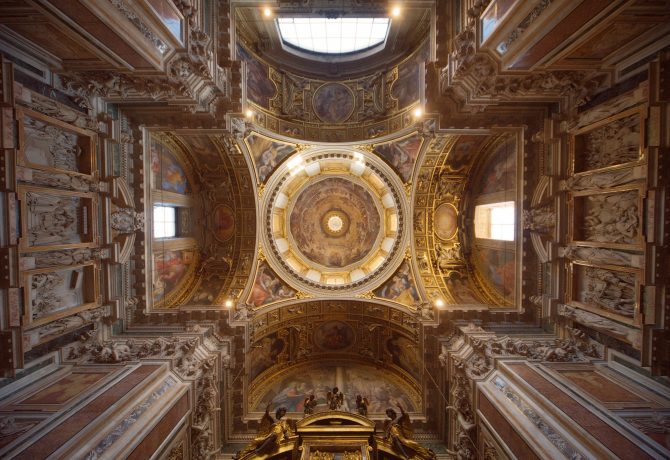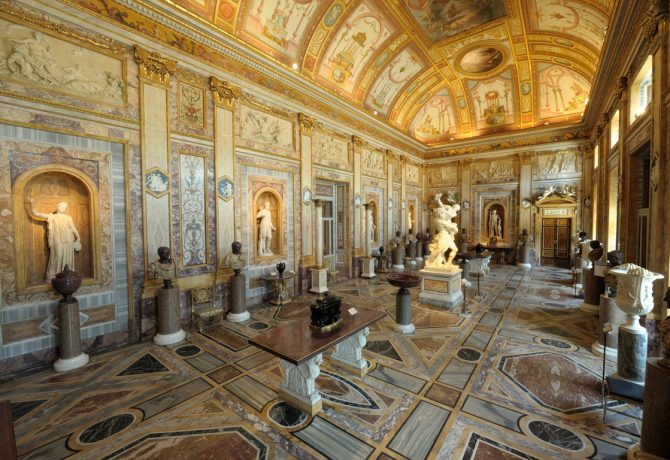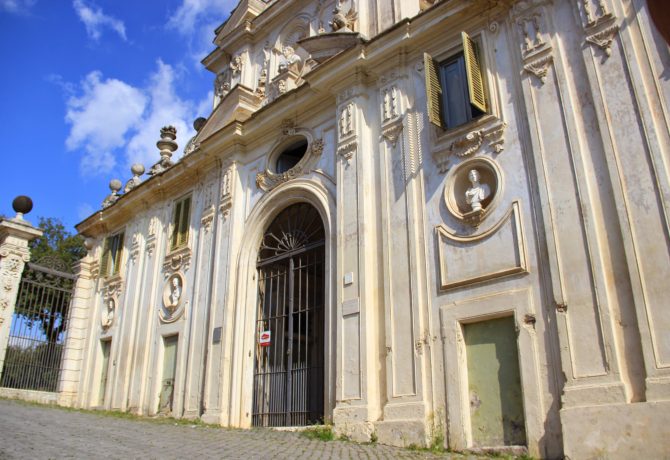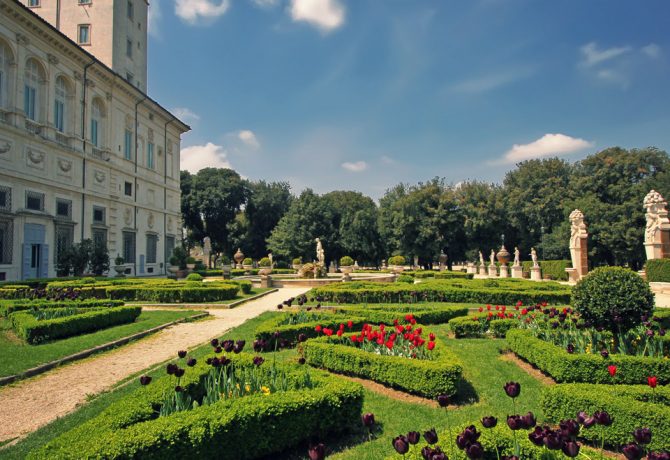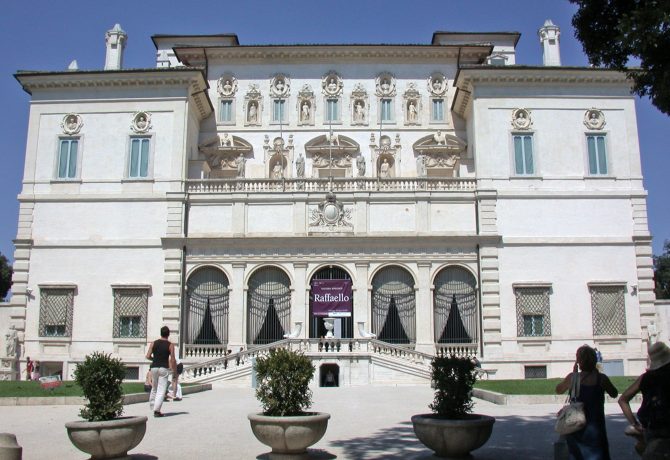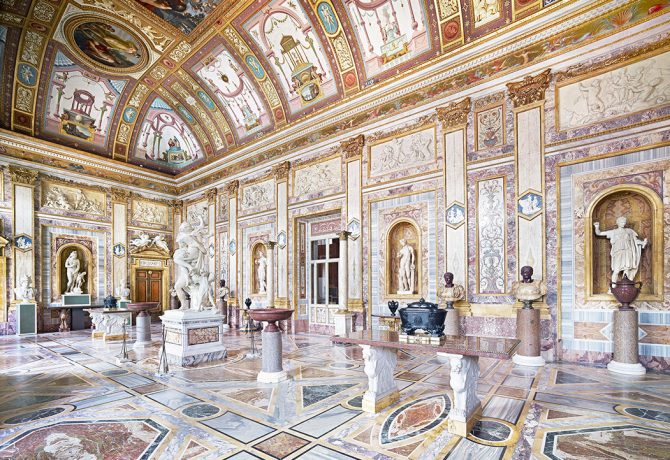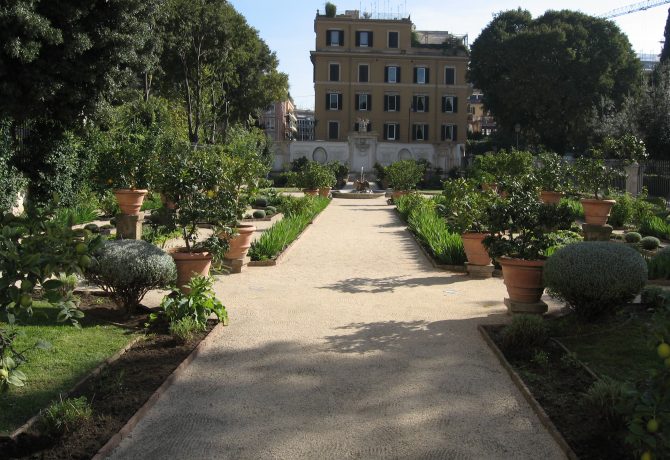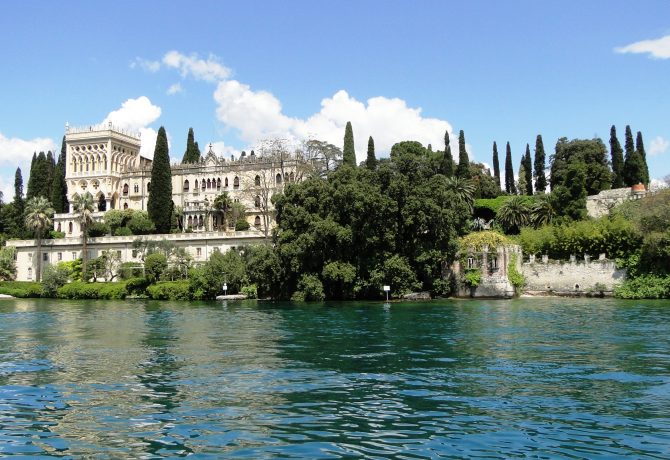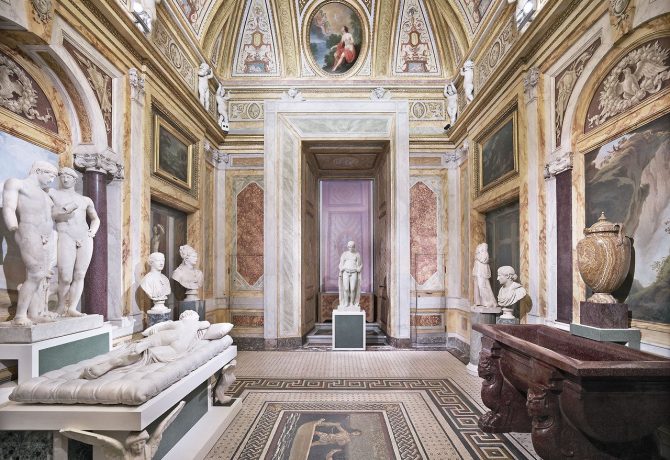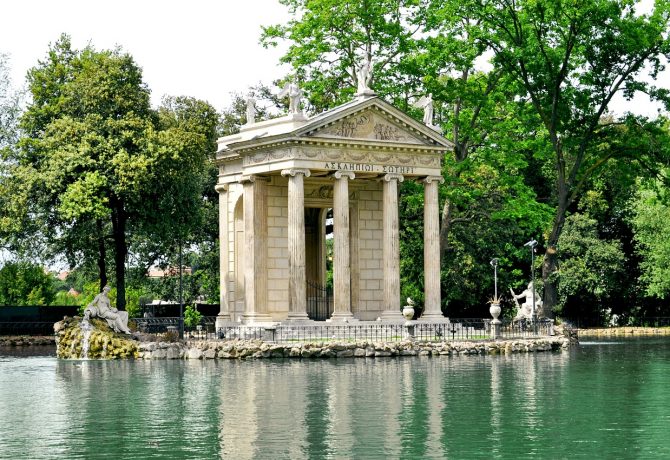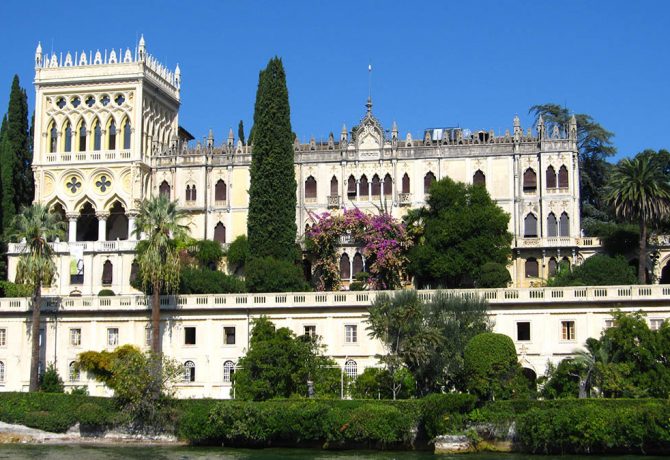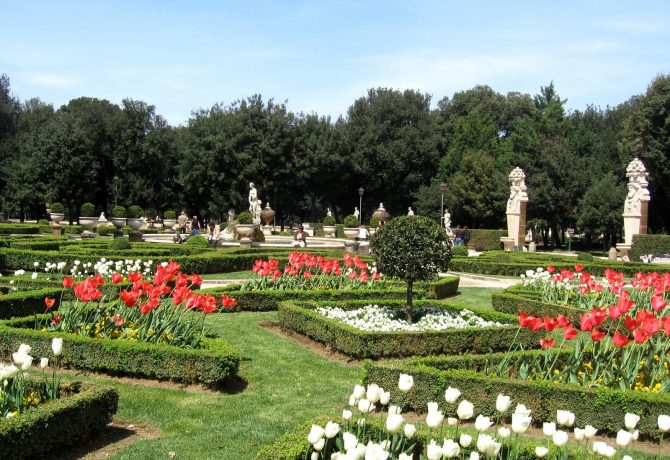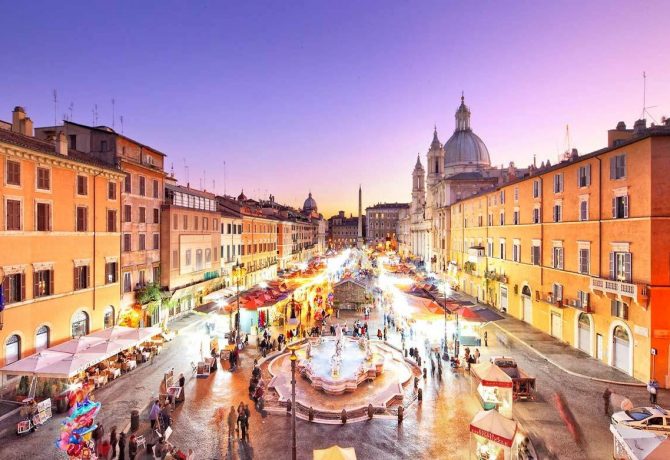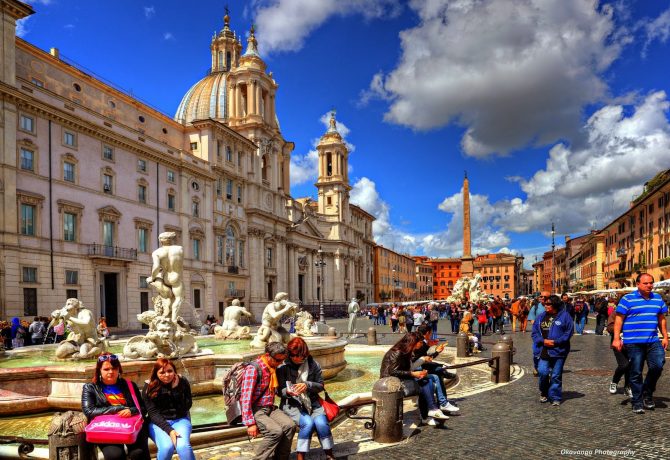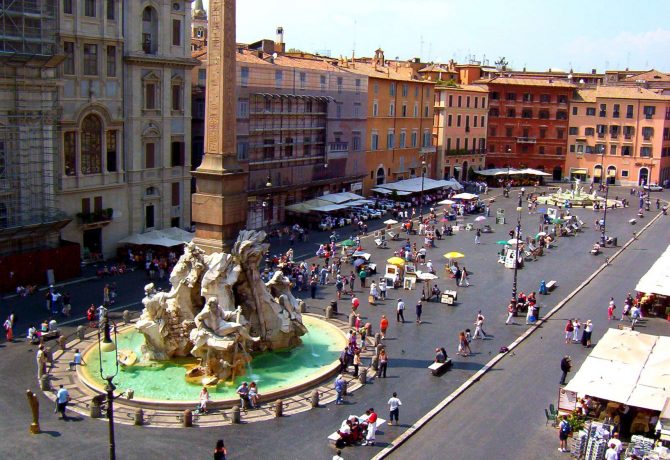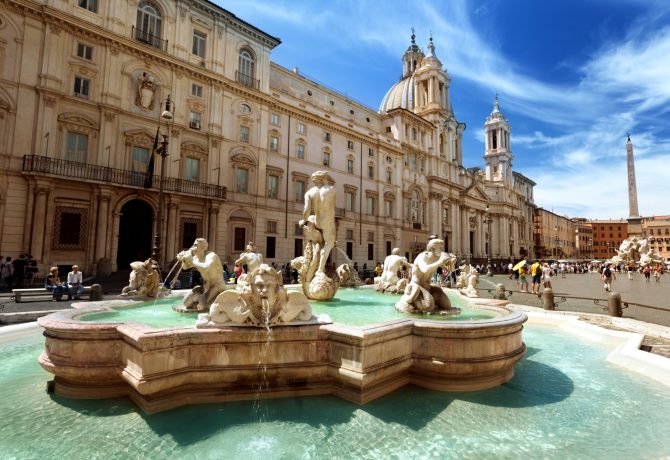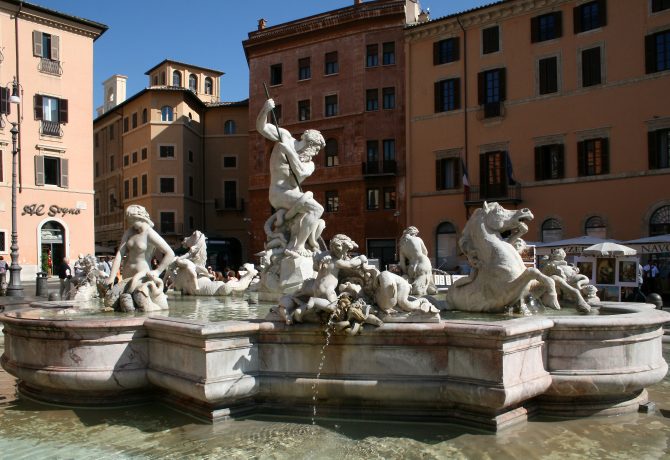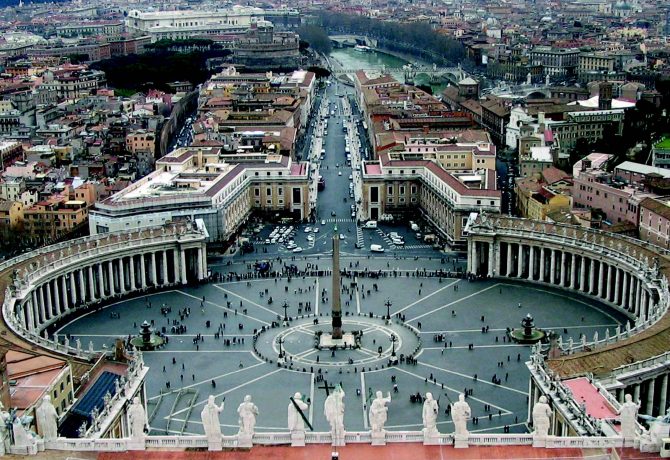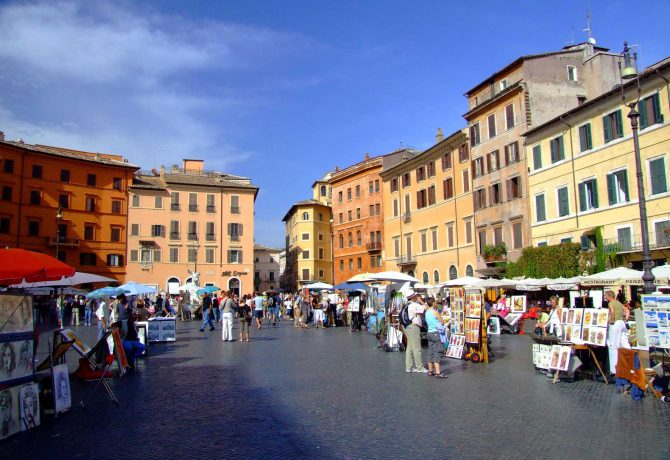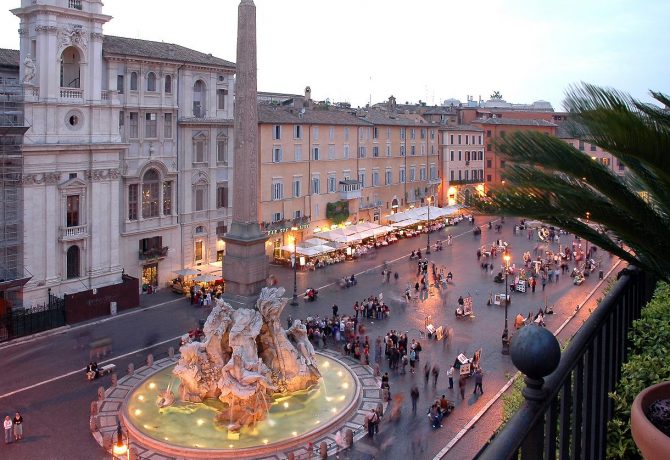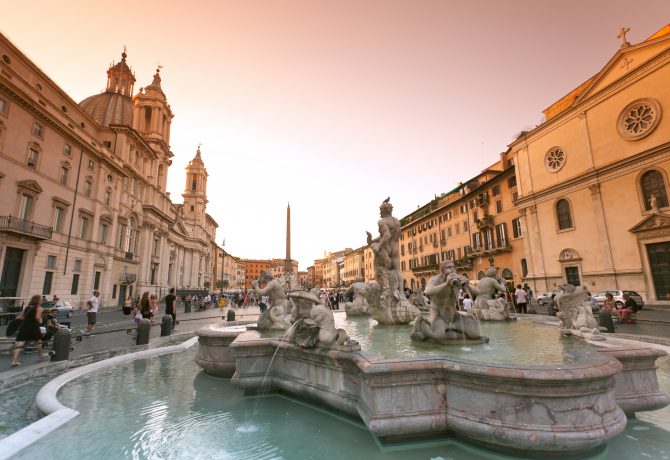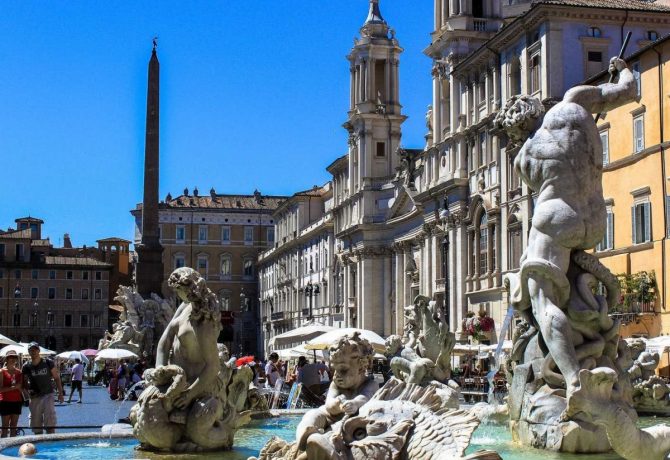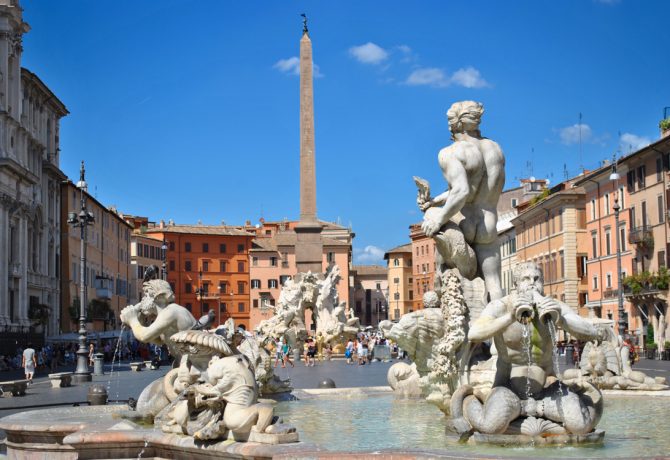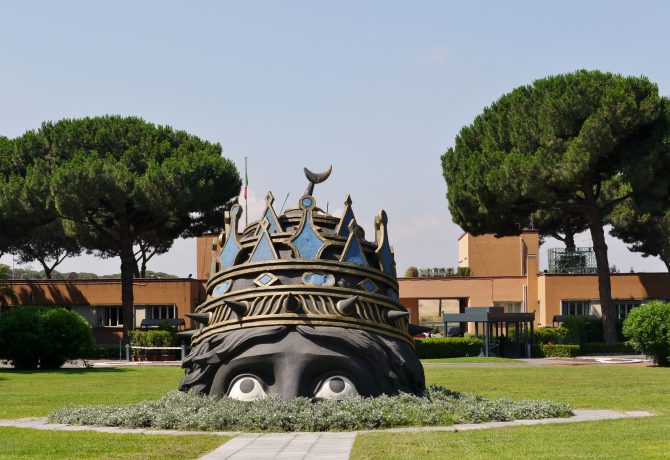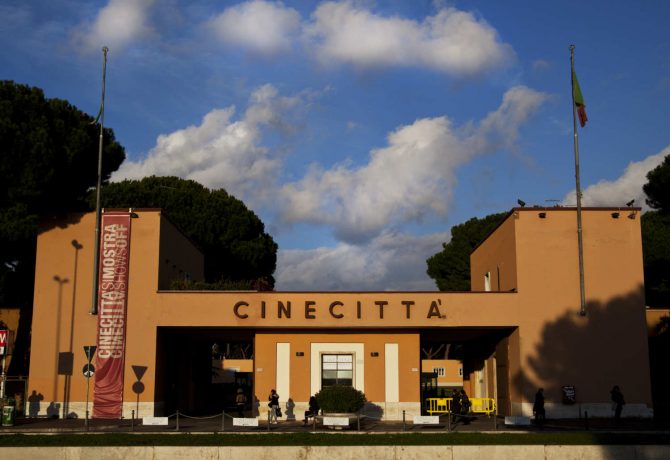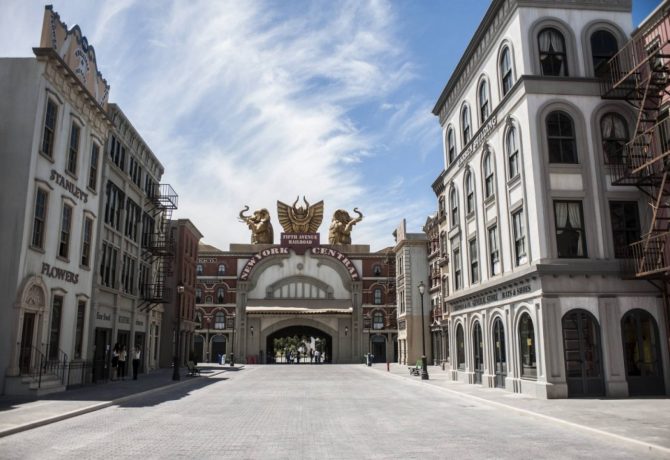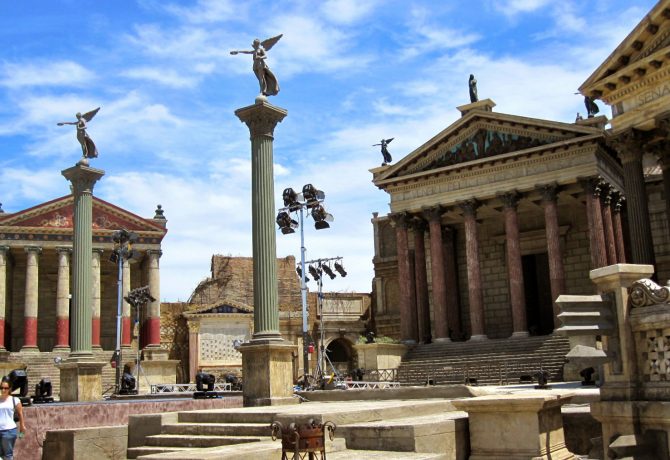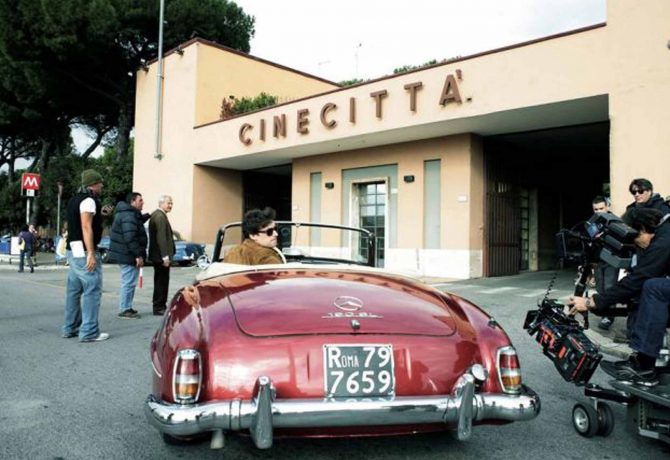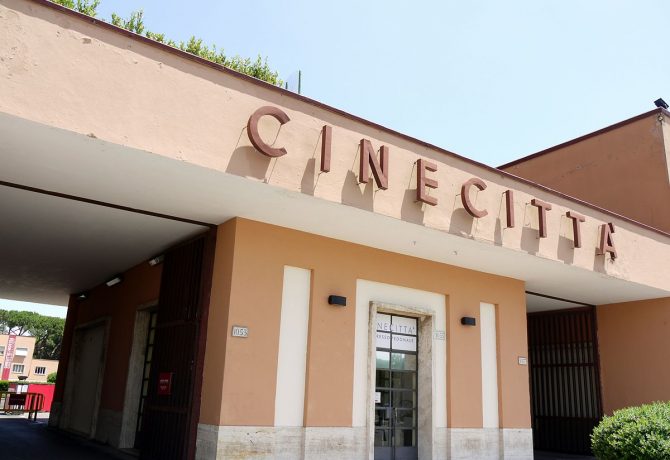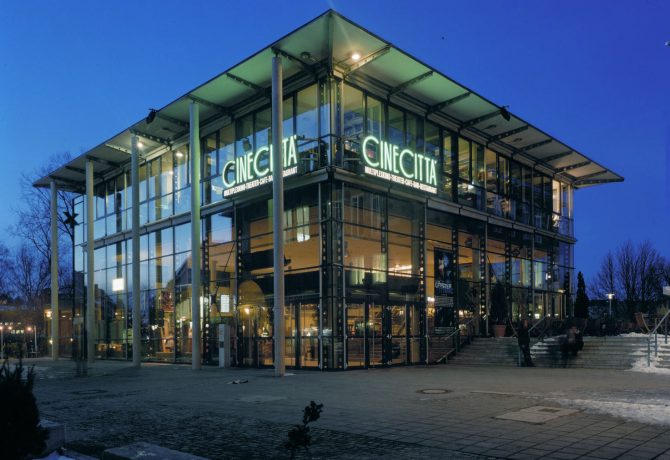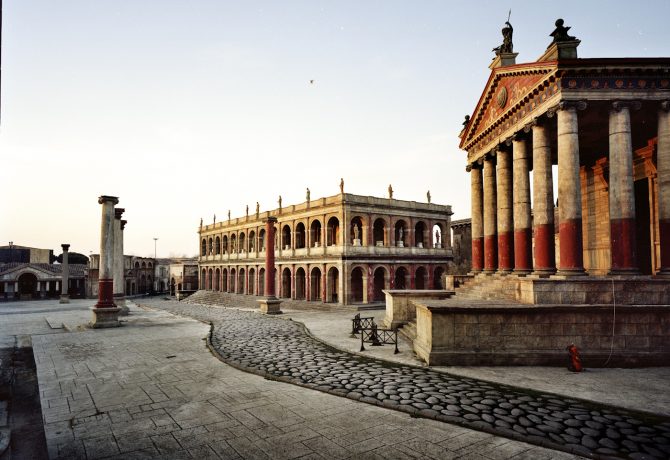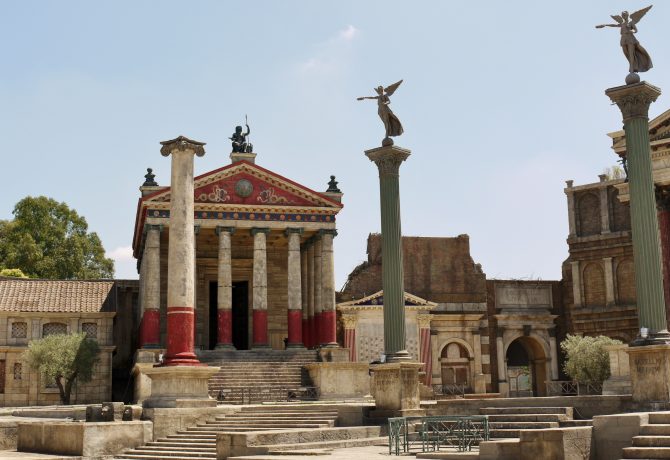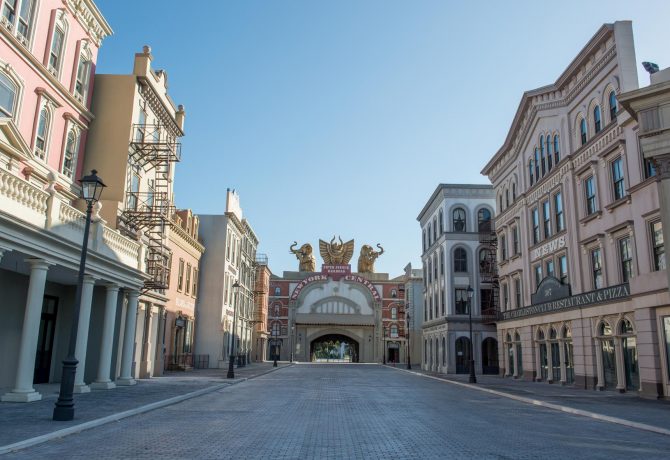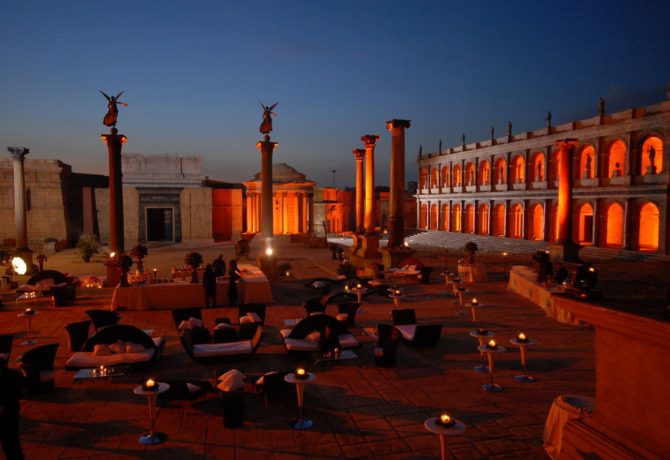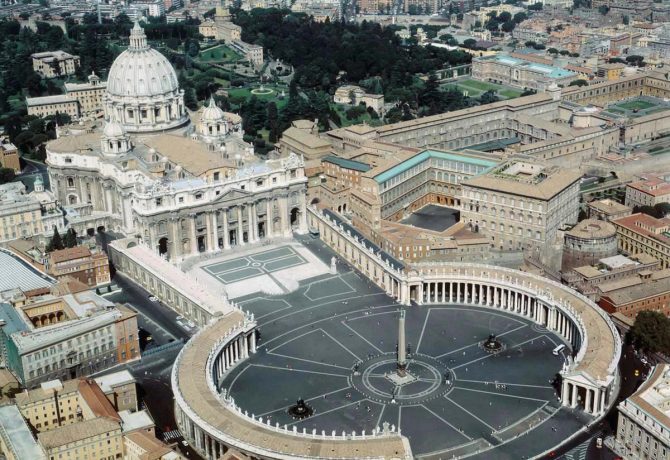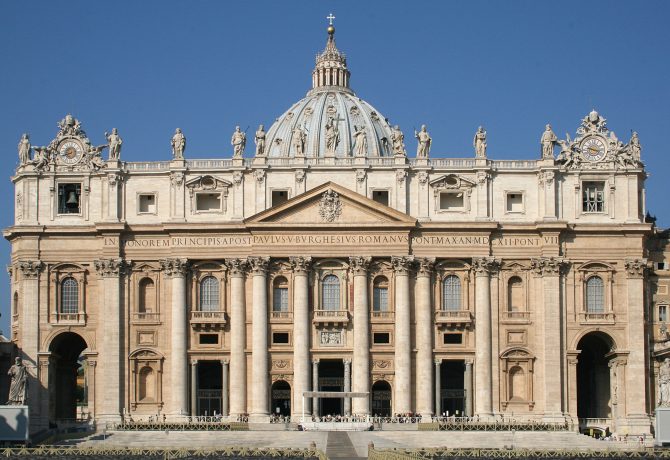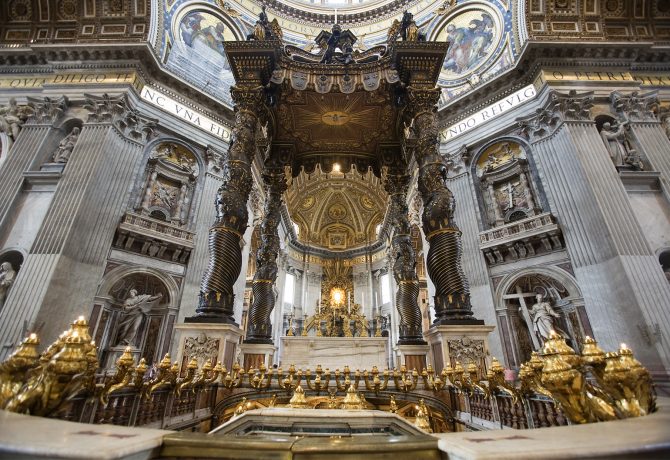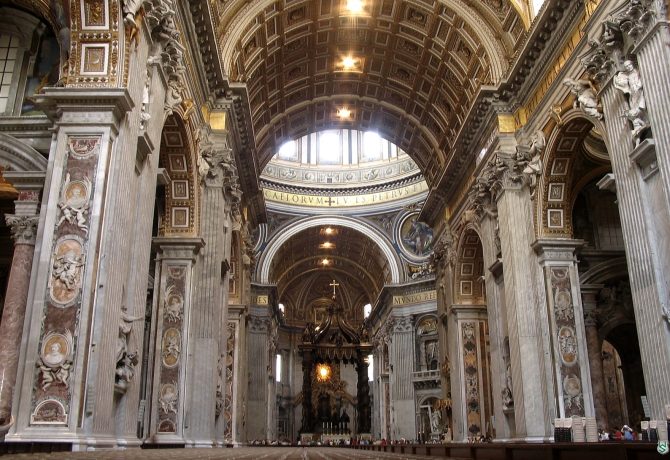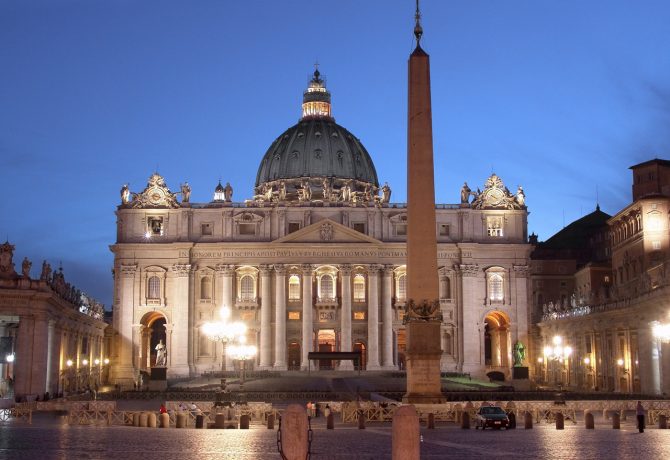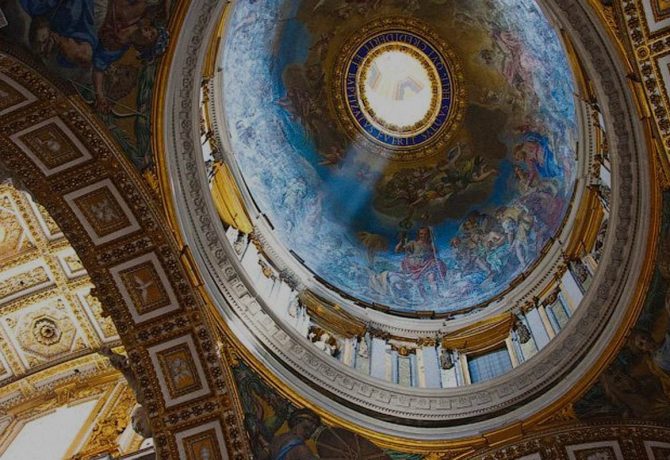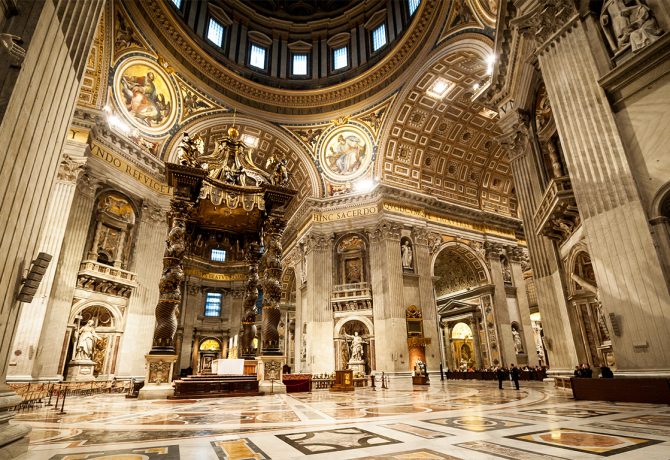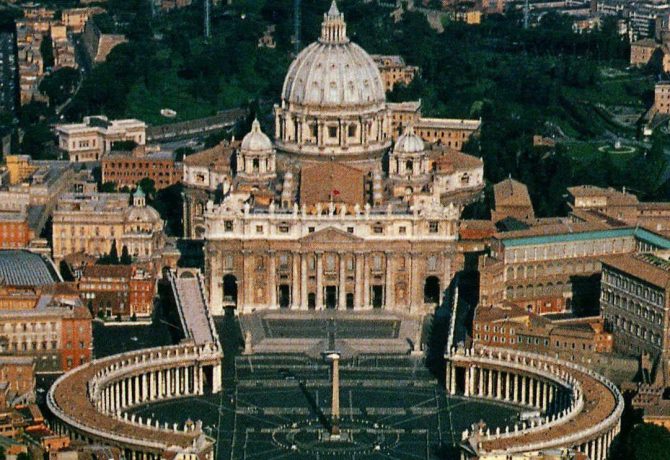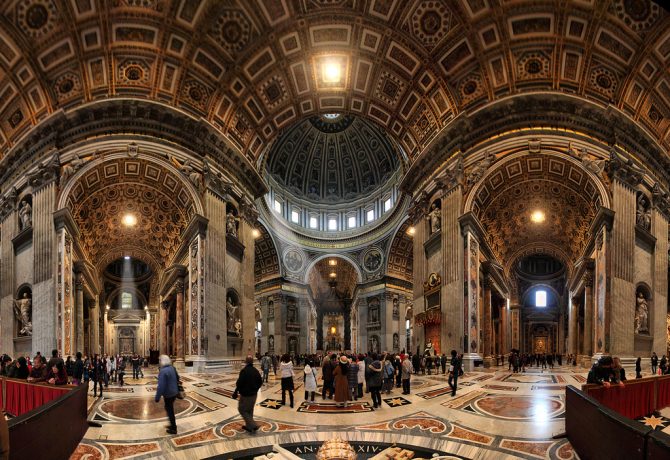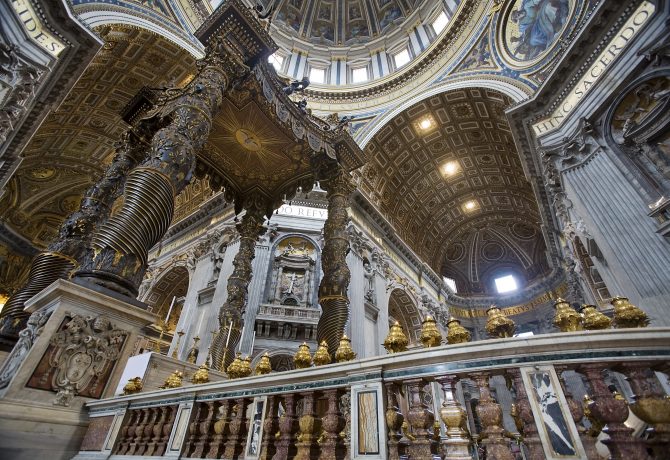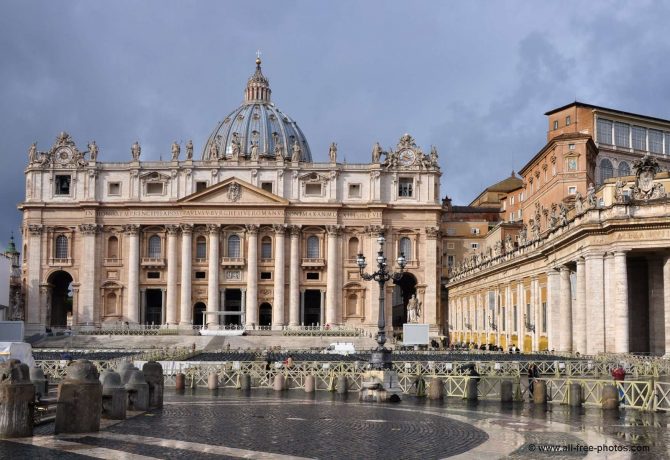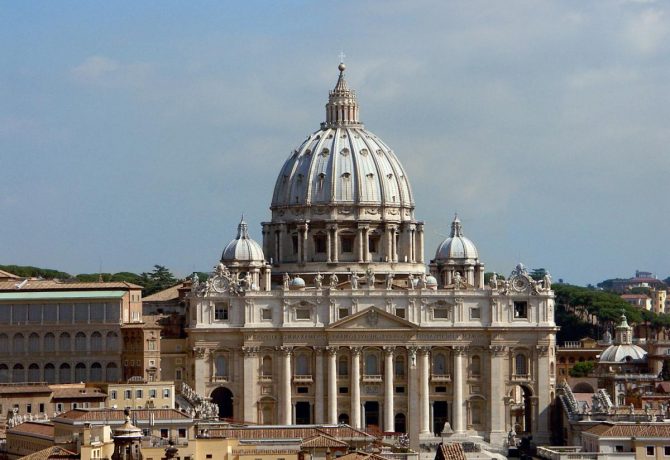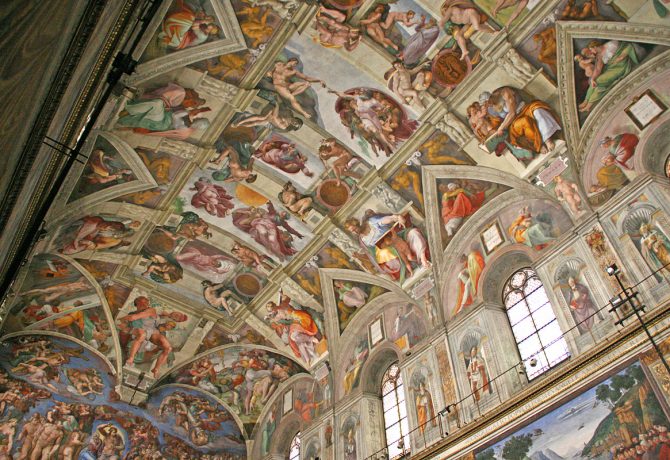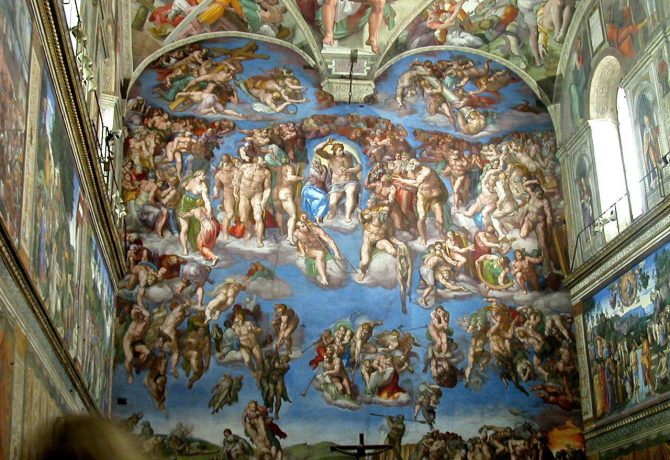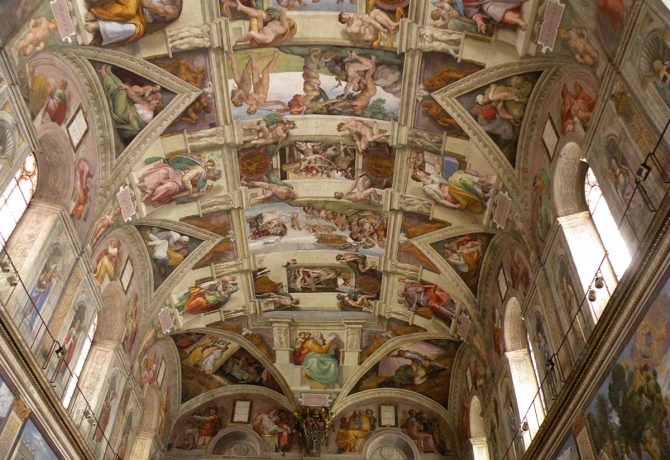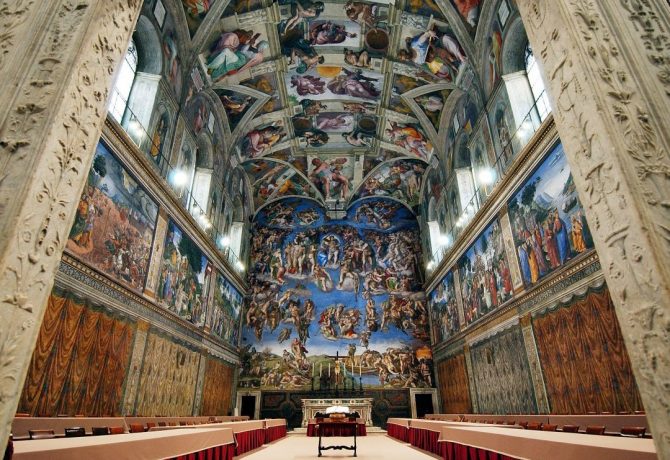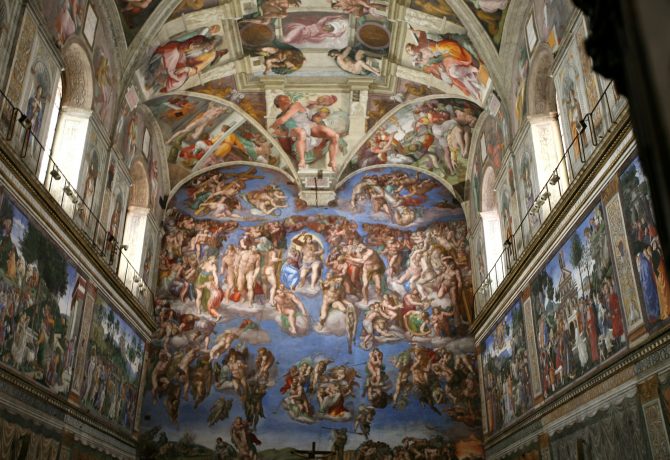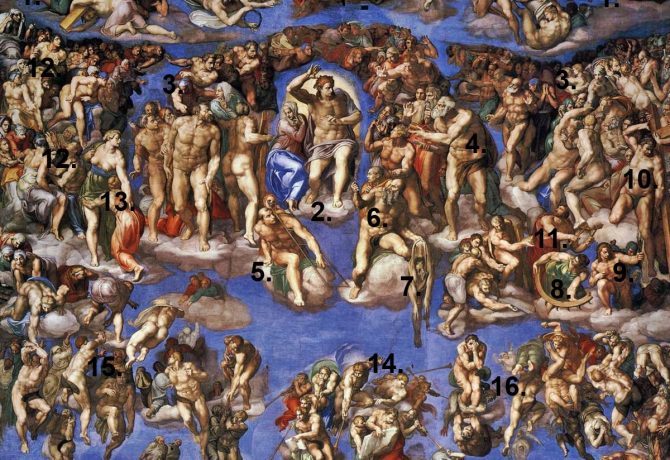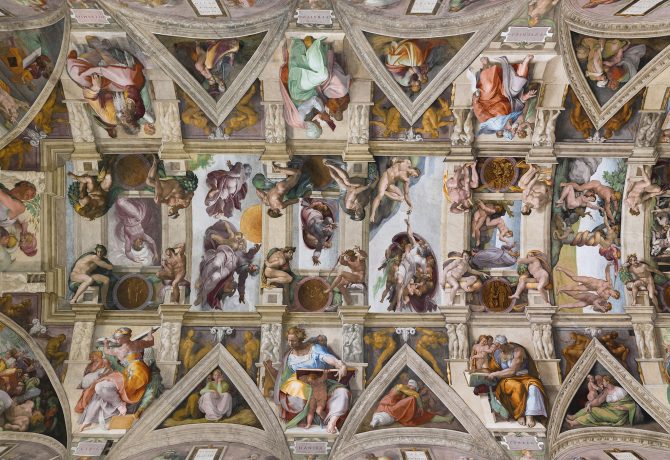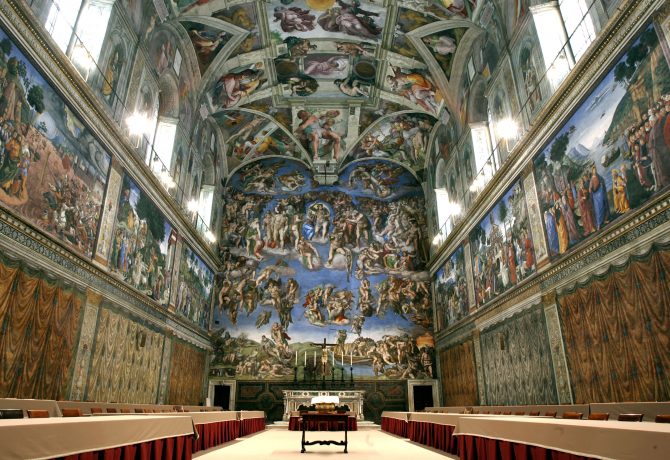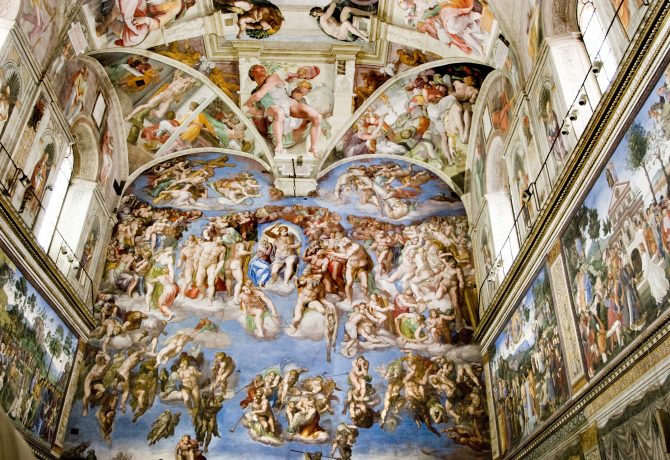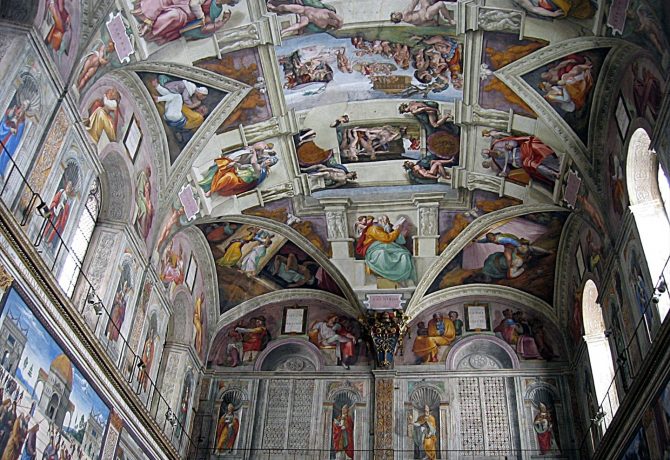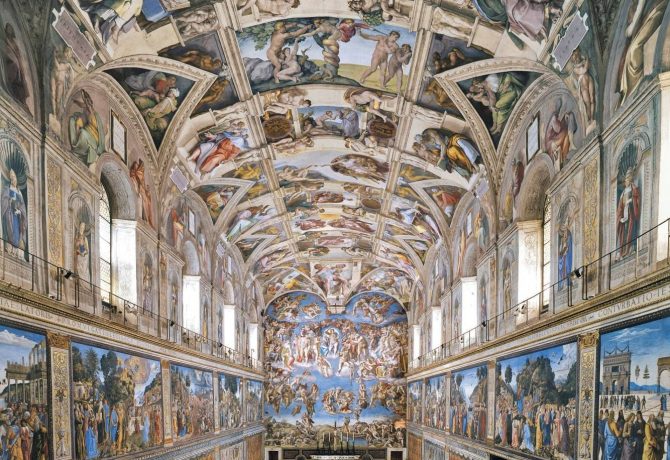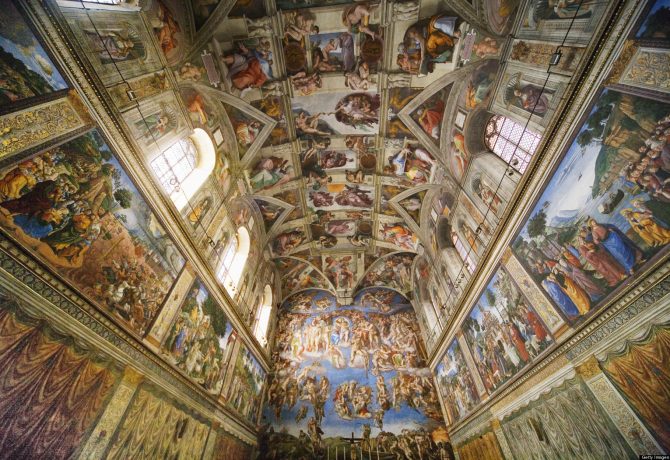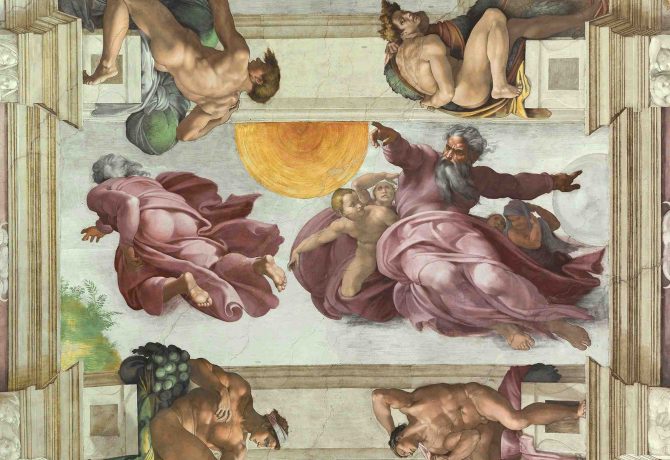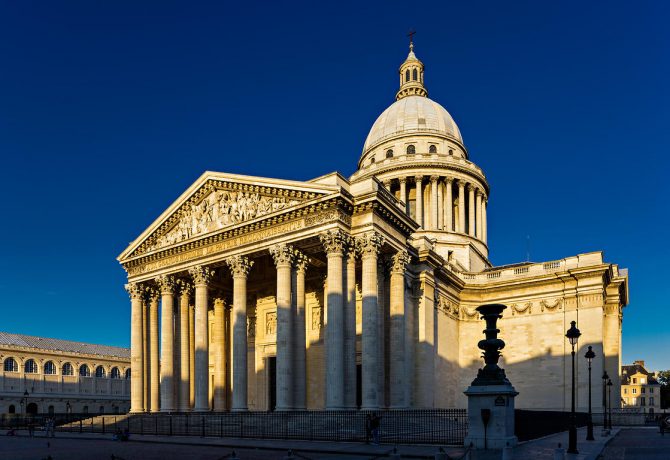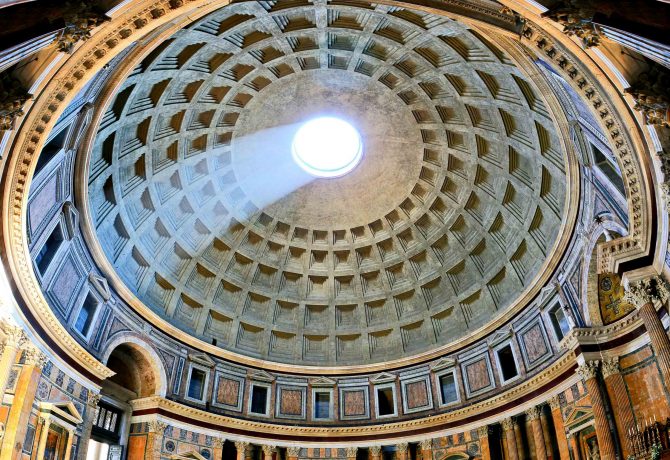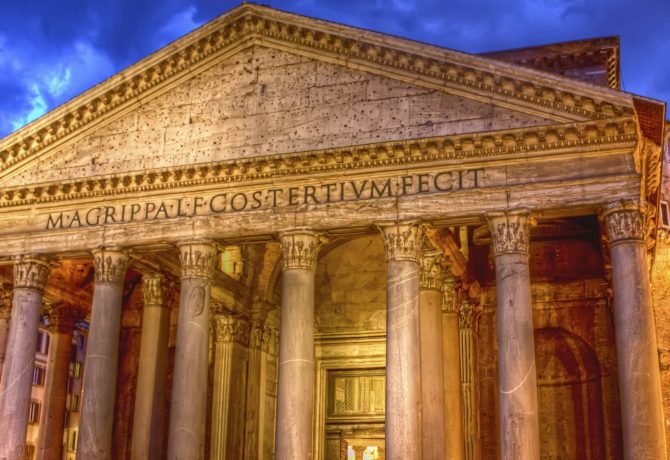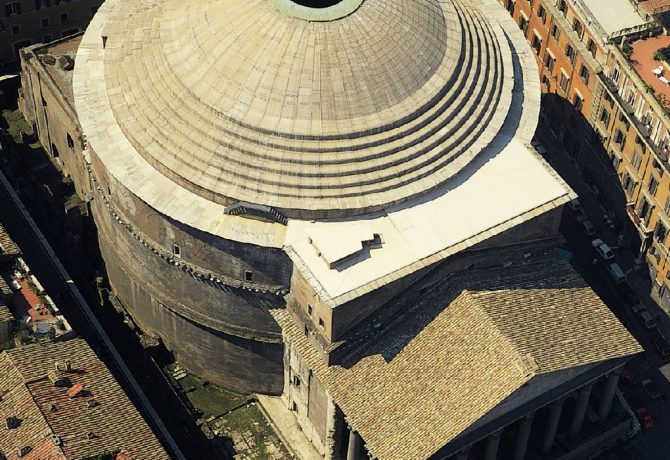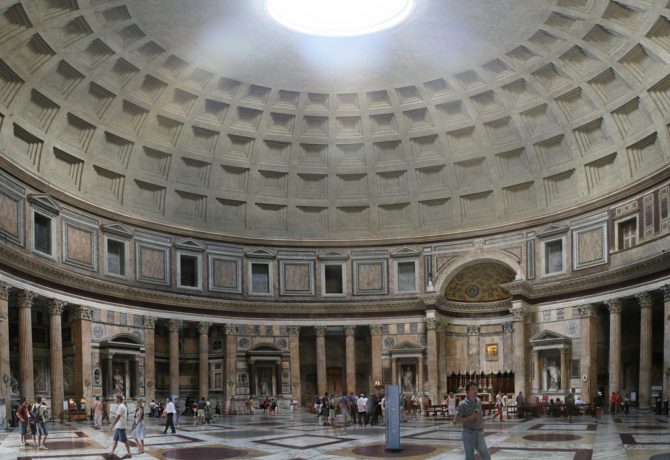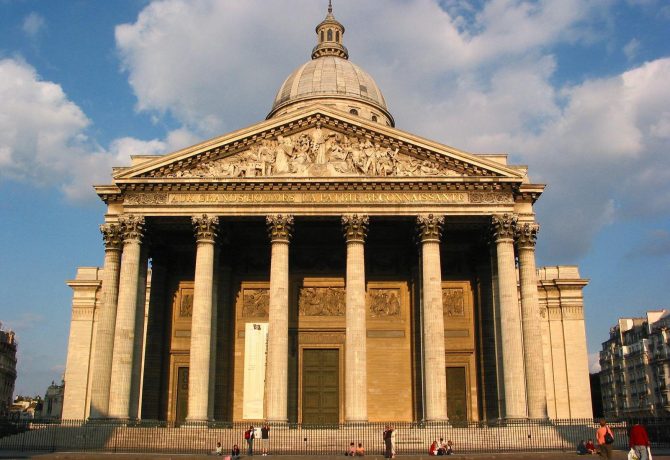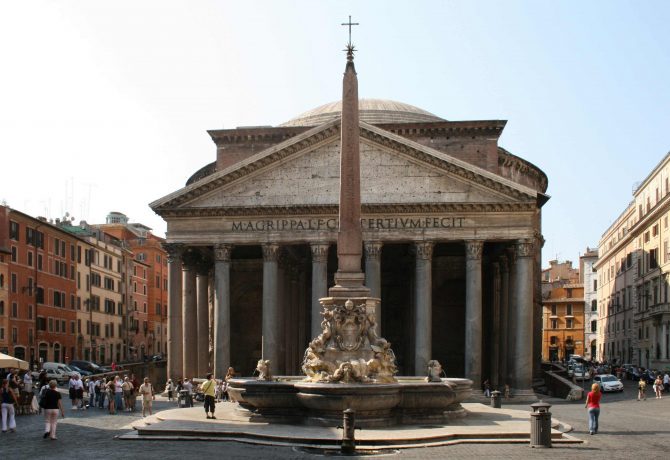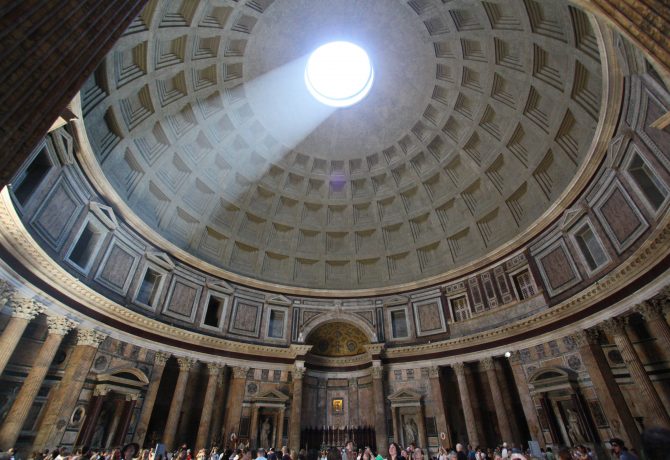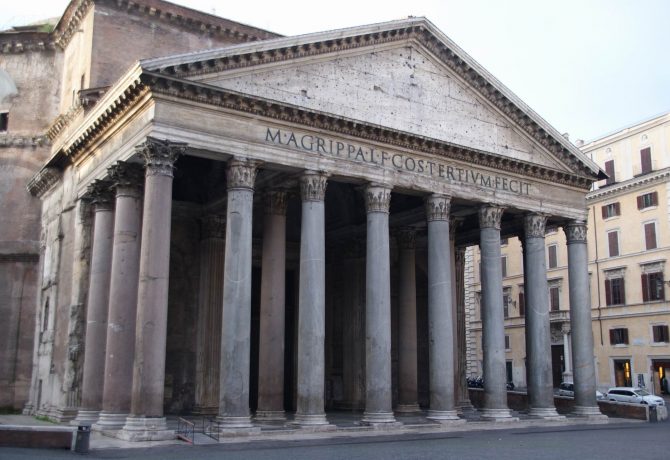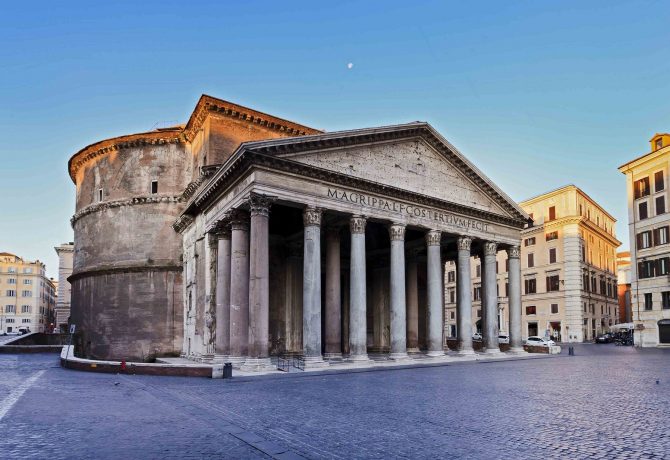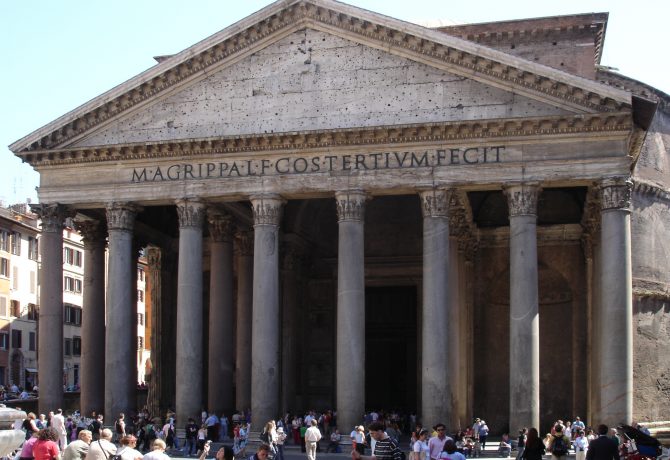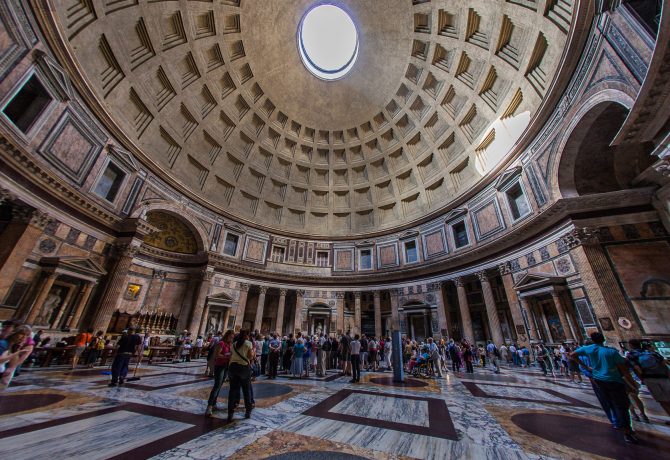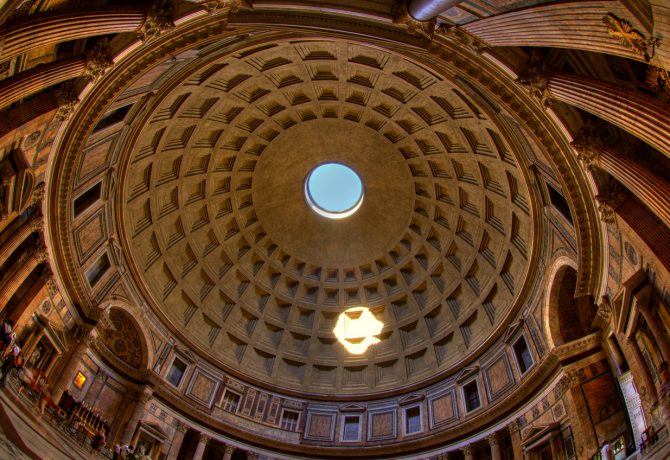Going to Italy, every tourist counts on an unforgettable experience, knowing that you can see a variety of attractions in Rome. The eternal city with its rich history and architectural heritage every year attracts foreigners who want to visit the Colosseum, see with their own eyes the magnificent Pantheon, stand at the famous fountains and stroll through the legendary squares.
Going to Italy and its sunny capital, you should study a number of features of this country:
- the main language of the country is Italian, but if you know English and French, you can easily explain yourself to hotel staff and locals;
- Italians do not use a lot of alcohol, most often they offer a glass of local wine for dinner, while, before you ruin the drink, you should definitely say “chin-chin”;
- most of the inhabitants of Rome are devoutly believing Catholics, therefore, being in churches and basilicas, you should behave appropriately so as not to offend the religious feelings of the local population;
- in Rome, almost everywhere you can pay with a plastic card or exchange currency at exchange offices, the exception may be gas stations, where most often only cash is accepted.
It is best to get around Rome on foot or by public transport. Outside the city, you can go on a comfortable tourist bus or by renting a car. Most of the streets of the sunny capital of Italy are paved with cobblestones, so for convenience it is best to take sneakers or shoes without heels with you.
Colosseum
The Colosseum is the main attraction of the capital of Italy. This striking in its scale object was built in the 80s. e. According to various estimates of modern historians, the Colosseum could accommodate up to 50 thousand spectators. In its arena, gladiator fights and animal baiting were held, as well as mass demonstrations of the rulers of the Eternal City in front of its inhabitants.
After more than 300 years, the main arena of Rome was closed, it was disassembled in parts into stones, from which new buildings were built. To this day, this monument of history and architecture “survived” in a dilapidated state, but even without part of the walls of the amphitheater, it amazes with its power.
Since the middle of the XVIII century, the Colosseum has been protected by the government of Rome. Currently, long queues of foreign tourists are drawn to it, wishing to see firsthand the majestic walls of the main city arena. The Colosseum is located at Roma, Piazza del Colosseo, 1. The nearest metro station bears the same name as the monument.
“To visit the Colosseum, I first had to stand in a huge queue at the box office for tickets. But while waiting, we were able to inspect this colossal monument from the outside. Inside, 2 lower levels and underground passages have been preserved. The sensations are indescribable.”
Trevi Fountain
An amazing work of architectural art – the Trevi Fountain – was built in the second half of the 18th century The architects of this project managed to gracefully combine two seemingly incompatible styles of Baroque and Neoclassicism. The Trevi Fountain today is the most visited attraction of the sunny capital of Italy.
The water of the fountain flows from the walls of the Building of the Palazzo Poli – a beautiful palace that once belonged to the famous dynasty. Clear water rolls down artificial hills and gathers in 3 bowls. In Rome, there have always been problems with the supply of drinking water, and the construction of the fountain allowed the inhabitants of the city at any time to collect clean water for their needs.
Numerous tourists who come here as part of excursions are told that the water in the fountain has healing power, and is also able to make a person happy. Previously, it was customary to throw coins into the bowl, but this ritual was prohibited. But every traveler seeks to scoop up water with a glass and drink, following the ancient belief about finding happiness. The Trevi Fountain is located at Rome, Piazza di Trevi 00187.
“The fountain is amazing and mesmerizing. Water flows down the steps and stones, and nearby there are sculptures depicting mythical heroes. The disadvantages include a huge number of people. It is impossible to make beautiful photos so that there is no crowd in the frame. Everything else is great!”
Basilica of Santa Maria Maggiore
Santa Maria Maggiore is one of the 4 most famous basilicas of Rome and the largest church existing in the capital of Italy. The construction of this basilica began at the behest of Pope Liverius, who, according to legend, saw in a dream the Mother of God, who ordered him to build a church in the place where snow will fall tomorrow.
Over the centuries, the Basilica of Santa Maria Maggiore was completed and decorated with new architectural elements. At different times, the world’s tallest bell tower and a facade with a portico appeared. But the main attractions of this temple are inside. Here are stored:
- the crèche of the Infant Jesus Christ;
- the relics of the Apostle Matthew;
- a priceless icon of the Virgin Mary.
In front of the entrance to the basilica, a 15-meter sculpture of the Virgin Mary appears before tourists. And inside, the walls and ceilings are painted with Old Testament stories and biblical covenants. Rare mosaics have also been preserved. The ceiling is decorated with gold, which was delivered from the mines of America on the ships of Columbus. You can visit this landmark of Rome at the address: Roma, Piazza dell’Esquilino, 34.
“Undoubtedly, the basilica deserves attention. A large temple, very beautifully decorated with its own traditions. You can inspect it for several hours. You can visit yourself and take photos. When we were in this temple, there were few people, so we managed to see both the Sistine Chapel and the tomb of Cardinal Rodriguez. “
Villa Borghese
Villa Borghese is a large museum complex with several museums and the main palazzo, built by order of Cardinal Borghese. In the palace of the cardinal there is a unique collection of works by eminent masters of art, such as Veronese, Caravaggio, Rubens, Titian, Raphael.
The Palazzo is surrounded by a large beautiful park, the diameter of which is about 6 km. On its territory you can admire fountains, sculptures and monuments. There is also a well-known zoo in the city with a variety of animals. Horse races are often held in the park, and tourists can ride horses for a fee.
To visit this attraction of Rome, it is best to choose a free day when there is nowhere to hurry and hurry. Here you can not only enjoy the amazing landscapes, the architecture of the famous palazzo and get acquainted with the paintings of famous artists, but also spend time in a quiet atmosphere, resting from the bustle of the big city.
“Wonderful place to relax and walk. In the park you can ride a boat on a picturesque lake, feed the animals, look at horse races. The villa itself also has a lot of interesting things. But getting here in the tourist season is not very easy. Visitors are allowed every 2 hours, and tourists should be no more than 360 people. If you don’t get into the flow, you have to wait.”
One of the most famous squares in Rome. Piazza Navona was used at different times as a stadium where athletes competed, as a circus, and even as a market. Today, tourists come here, and locals gather on this square of the city to communicate and just relax.
In the center of the square there are fountains – the Aqueduct of the Virgin, the Fountain of Neptune and the Four Rivers. The latter is of particular interest. The Fountain of the Four Rivers, built by the architect Bernini, was admired by Pope Innocent X. It is decorated with four figures, which are personified by the world’s largest rivers – the Ganges, the Nile, the Rio de la Plata and the Danube. In the center there is a rocky reef, which is crowned with an ancient obelisk.
Next to Piazza Navona is the Palazzo Braschi. Here, tourists can visit the Museum of Urban History. Another attraction of the square is the church of Sant Agnese in Agone. It was built in honor of the 13-year-old saint, who was exhibited in the square naked and, thanks to faith in God, escaped the terrible fate of being raped by a mob.
“If you have free time, you should definitely visit this square. There are famous fountains and the Church of St. Agnes. In addition, this is another place where you can order a portrait to artists. For a small fee, sitting right on the square of the master, draw it with a pencil. The square is always fun, musicians play and sing songs.”
Cinecitta
Cinecitta Film Studio was built in the 30s of the last century. Until that time, all films in Italy were shot in Turin, but the local “dream factory” burned down as a result of a severe fire. The new film studio occupied 14 hectares of land, on which more than 70 pavilions and structures appeared. Today, all Italian cinema is associated by film lovers with this film studio.
Once in Rome, tourists will be interested to stroll through the square, explore the shooting pavilions in which famous and legendary films were shot. During the war, Cinecitta suffered greatly and was looted by vandals. After its restoration, a new era of cinema began in Italy, and the set of Rome interested directors from all over the world.
At this film studio, such famous films as “Cleopatra” with Elizabeth Taylor and “Ben Hur” with Charlton Heston were shot. Visiting Cinecitta is paid, and tourists are allowed as part of excursions. You can find this attraction of Rome at: Roma, Via Tuscolana, 1055–00173.
“Amazing place. The guide tells about it very interestingly. There is a whole exhibition that presents various famous attributes and costumes that were involved in legendary films. Young children here are likely to be bored, but lovers of Italian cinema will get their share of fun.”
Palazzo della Civilta del Lavoro (Square Colosseum)
This landmark of Rome is a symbol of the XX century. During its construction in the 30s. it was planned that the Palazzo della Civilta del Lavoro would become the main pavilion at the World Exhibition. Alas, because of the war against fascism, it was not possible to implement these plans. Other names of the architectural structure are the Palace of Civilization and Labor or the Square Colosseum.
The building is a square structure with a height of 50 m. with arched spans-windows. It is surrounded by statues, each of which symbolizes the crafts, sciences or personal characteristics of people – Heroism, Astronomy, Philosophy, Music, Work, Agriculture and others. In total, there are 28 such statues.
On the ground floor of the Square Colosseum, exhibitions and presentations are regularly held. The upper ones were occupied by the headquarters of the famous fashion house Fendi. The palace covers an area of more than 8 thousand square meters. m You can visit it at the address: Roma, Quadrato della Concordia, 00144.
“A strange, in my opinion, building. In my understanding, palaces should look somewhat different, but when you look at the Square Colosseum from the outside, it even fascinates with its arches and niches. There are associations with a piece of cheese with a lot of holes.”
St. Peter’s Basilica
St. Peter’s Basilica is located in the Vatican. It is one of the world’s largest Christian churches. Once on a tourist trip to Rome, it would be a shame not to visit this colossal architectural and religious ensemble. St. Peter’s Basilica impresses not only with its splendor, but also with its rich history.
On the site of the modern cathedral at different times there were other objects. The first temple appeared here in 324 AD. Within its walls was the tomb of the Apostle Peter. Subsequently, old churches were demolished and new ones were built, and the construction of the basilica, which tourists see today, began in 1506.
A magnificent impression is made by both the external facade of the basilica and its interior decoration. The height of the building is 45 m, and on its roof rise 5-meter statues of Christ and the apostles. Interestingly, 5 gates lead inside the temple, some of which open only once every 25 years on the eve of the Nativity of Christ, and after the holiday they are again walled up from the inside with concrete.
“This basilica makes an incredible impression. Huge size, the scope of architectural thought, many tall statues. Inside it is very beautiful, everywhere there is a marble finish, the floor is also marble. You can see chapels with tombstones, where famous emperors and saints are buried. Awesome.”
Sistine Chapel
Traveling through sunny Italy and Rome , we must not forget that the greatest monuments of religious architecture are located in the Vatican. One of the “pearls” of this smallest state is the Sistine Chapel, which was built in 1481 by order of Pope Sixtus IV.
The powerful, massive building does not cause any emotions in appearance – it looks like a stone box and, it would seem, does not represent architectural value. But all its splendor is within. Fearing for his safety and experiencing threats of war from the Ottomans, Pope Sixtus IV built this chapel not only as a house church, but also as a defensive structure.
The interior and halls of the Chapel are magnificent. It is worth visiting it at least for the sake of seeing the unique and stunning work of Michelangelo Buonarroti – a ceiling painted with frescoes of 1 thousand square meters. m. The Sistine Chapel is located next to St. Peter’s Basilica at Vatican City, Citta del Vaticano 1, 00120.
“You experience indescribable sensations while in the Chapel. Magnificent frescoes with biblical scenes, tapestries, luxury! Looking at all this, I don’t want to think about anything but faith. And when you imagine how cardinals step on a marble floor with intricate mosaics to choose a pope, it is breathtaking. To be in Italy and not visit the Vatican is impossible.
Pantheon
The Pantheon is the majestic Temple of all the gods and, perhaps, the only building in Rome that has survived for many centuries in its original form. At the entrance to the Pantheon, a massive portico is built with two rows of monolithic columns of marble and red Egyptian granite.
The round hall of the Pantheon has a typical decoration for Roman architecture. Round walls consist of 8 niches, in which there are antique statues. The high dome is made entirely of cement, and in its center there is a round hole with a diameter of 9 meters. Through this “Eye of the Pantheon” light and rainwater penetrate into the room, which flows into special drains located in the center of the hall.
The floor and walls of the Pantheon are made of marble. In the temple of all the gods are buried famous and significant figures for Rome – Umberto I, Raphael, Victor Emmanuel II, Queen Margaret. The monument is located at Roma, Piazza della Rotonda, 00186.
“The Pantheon is an impressive place. On a sunny day, the hall is illuminated by rays penetrating through the hole in the dome and with this light you can see in detail the statues, paintings and stucco on the walls. And on a cloudy day, you feel some mysticism here. I never tire of being amazed by the architects who created such majestic buildings!”
The best time to visit Rome is May-June and early autumn. During this period, the capital of Italy has the most comfortable weather to walk around the city for hours and see its sights. During the Christmas holidays, when sales begin in all shops in Rome, you can perfectly combine excursions and shopping. For those who want to learn more about the Eternal City, get acquainted with its famous monuments and history, Rome is open at any time of the year.

